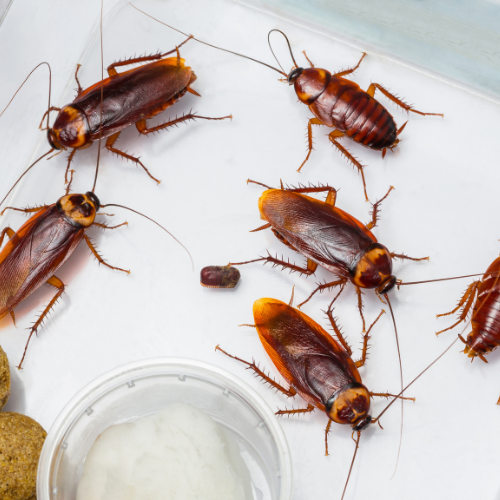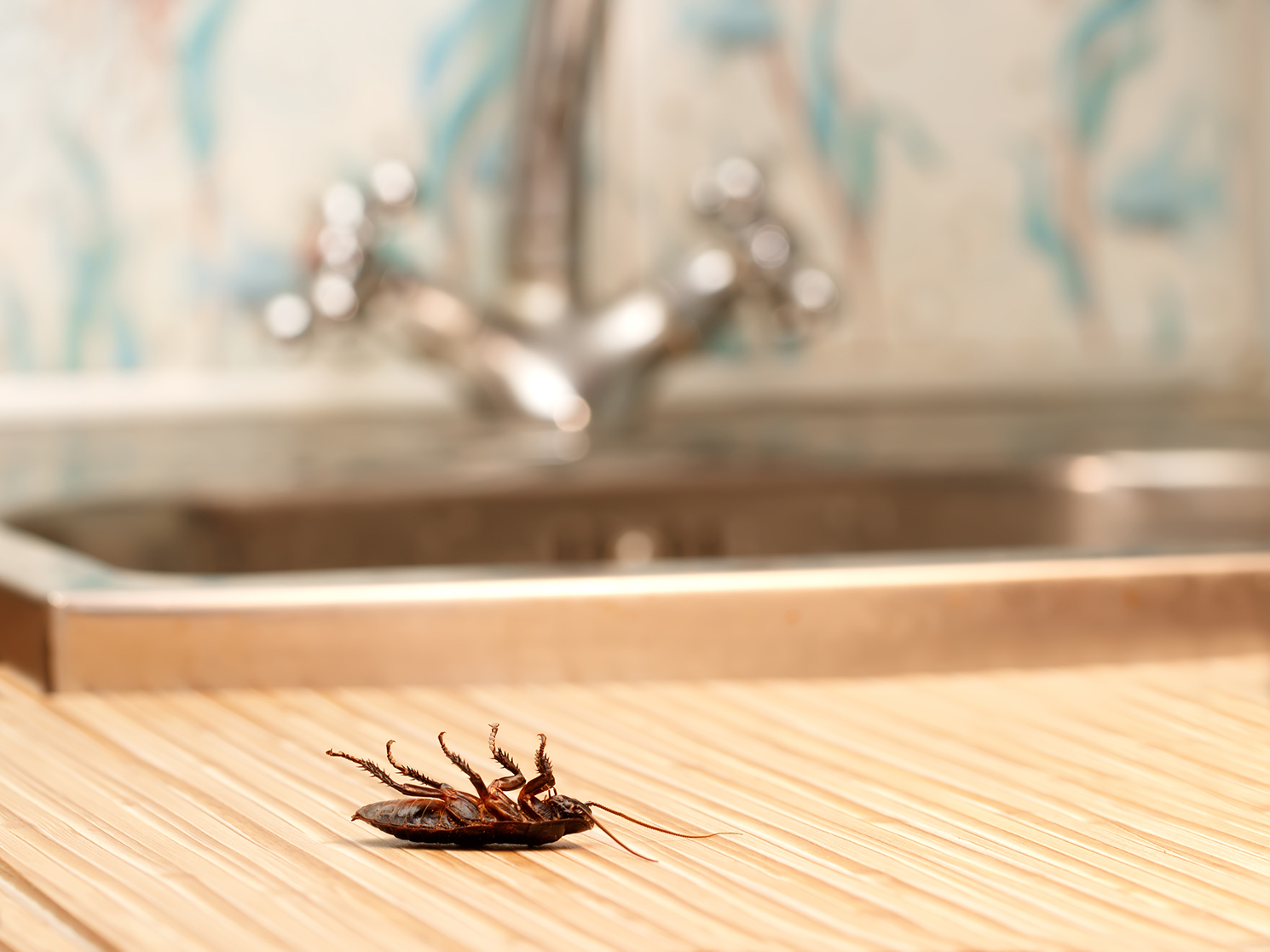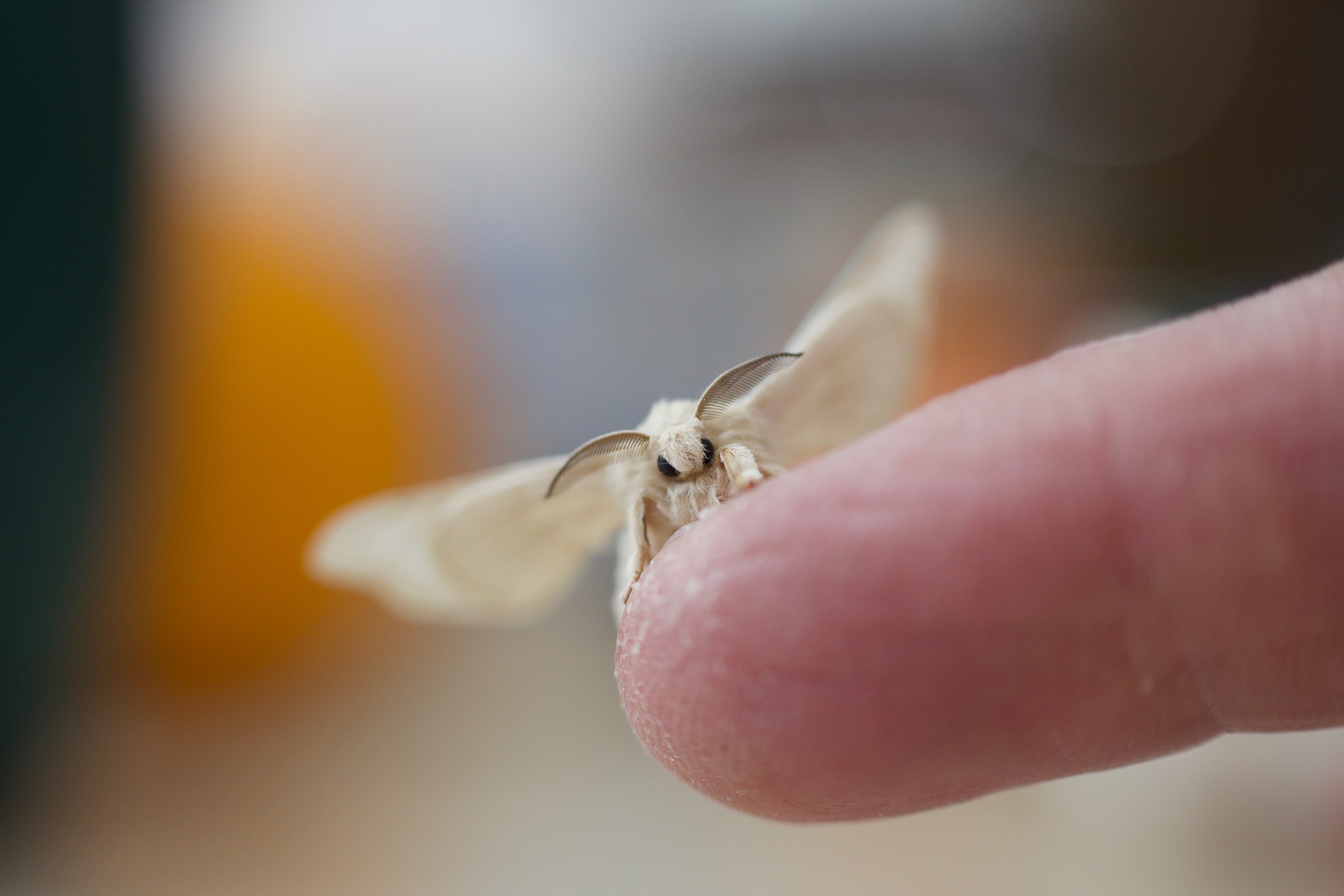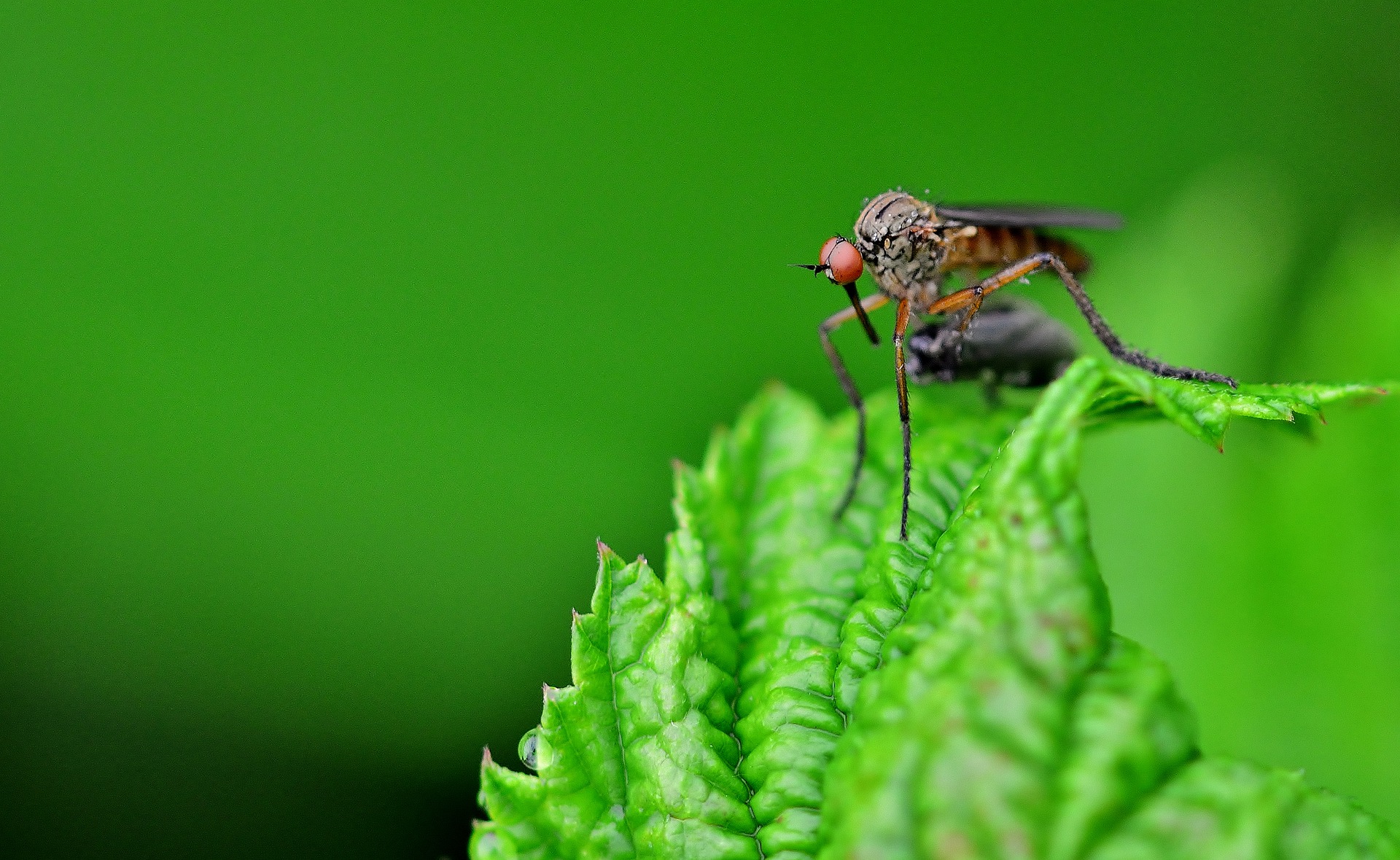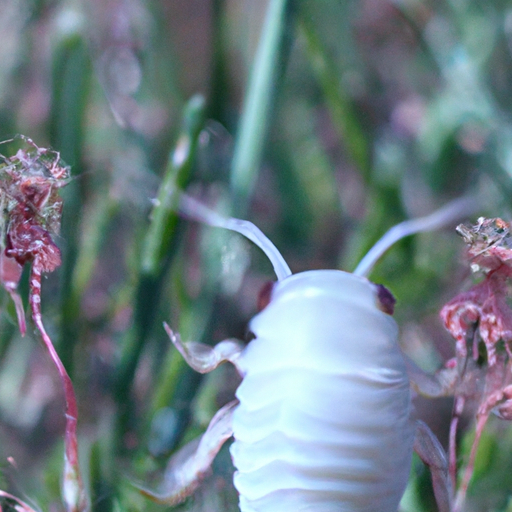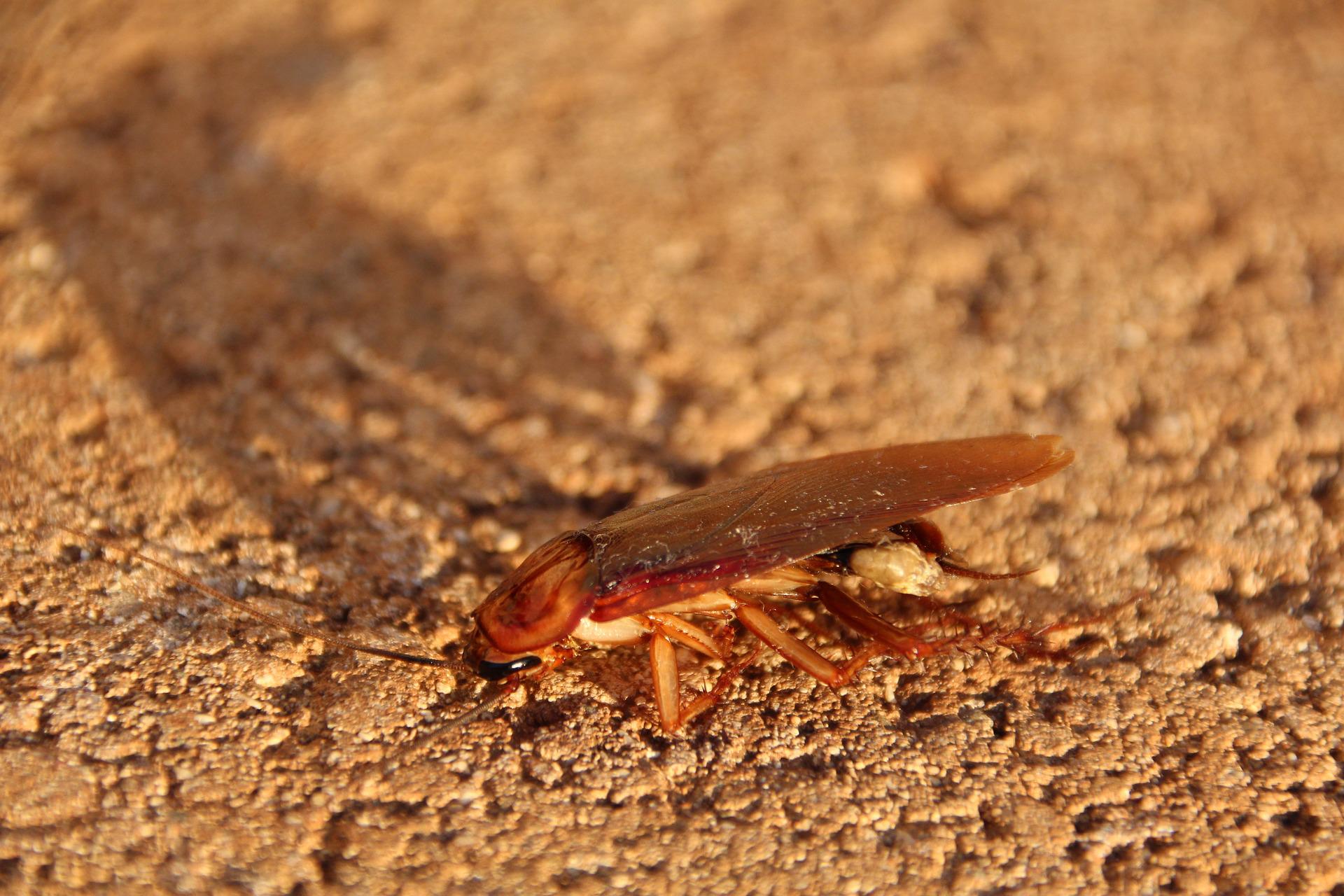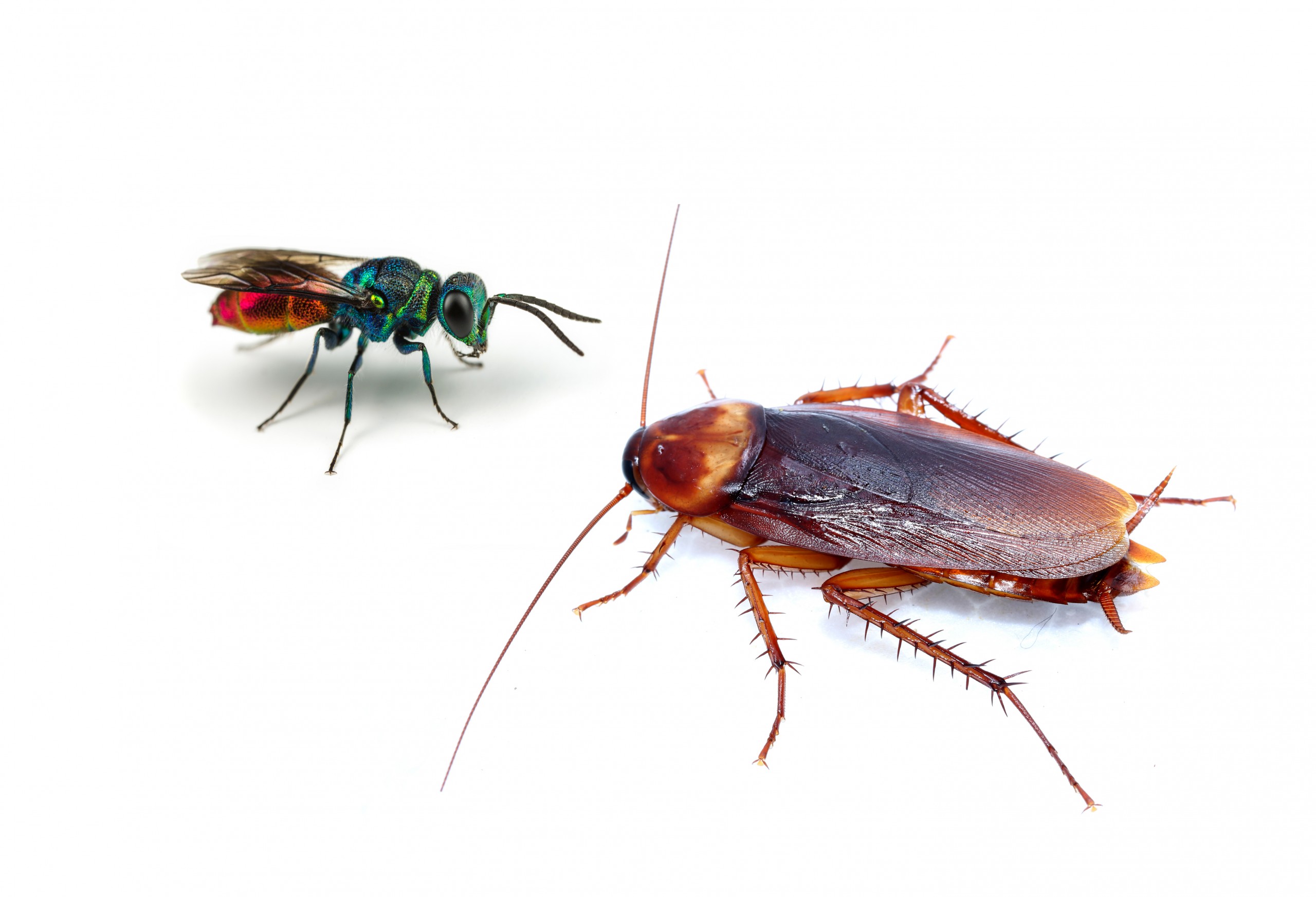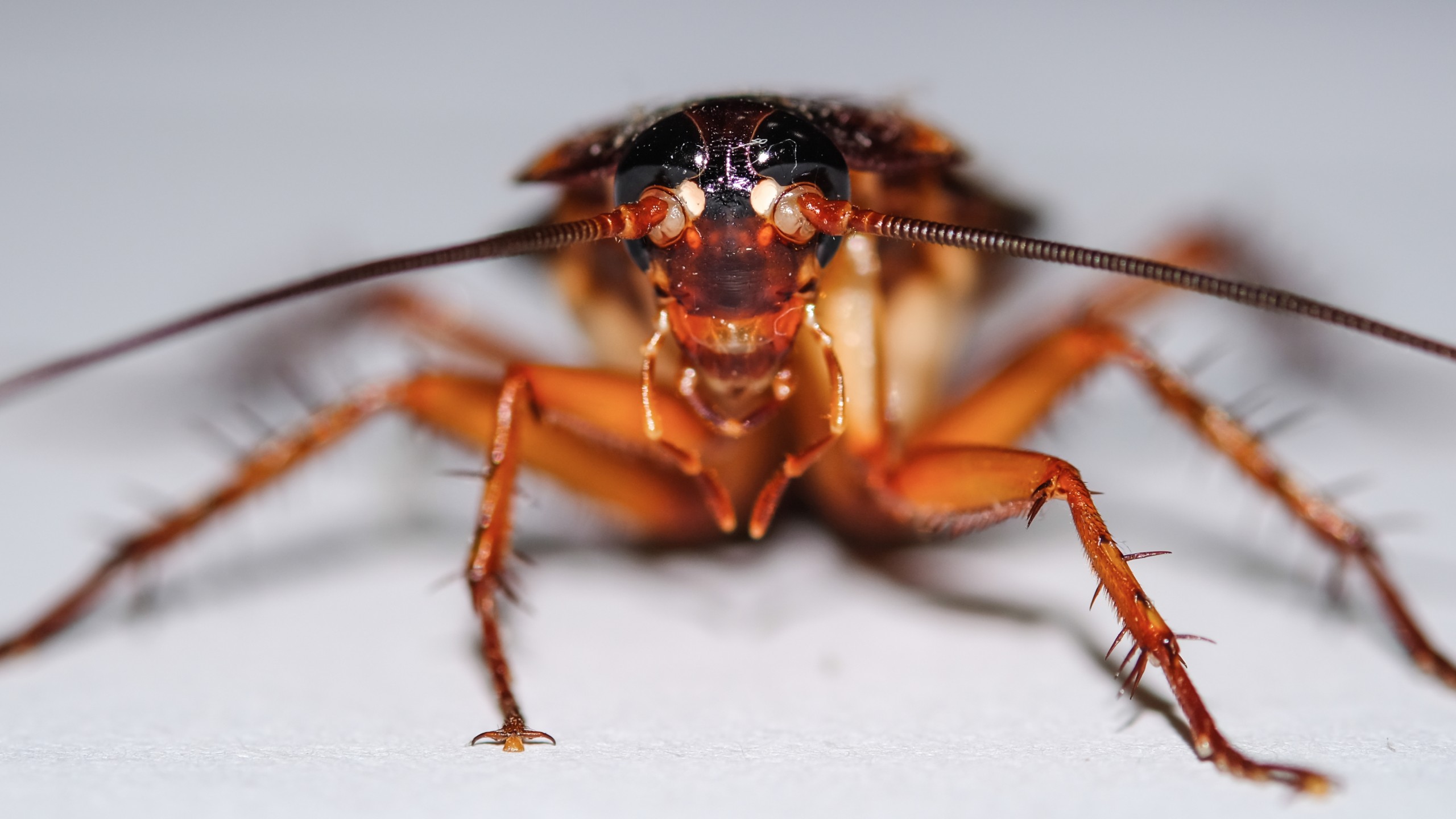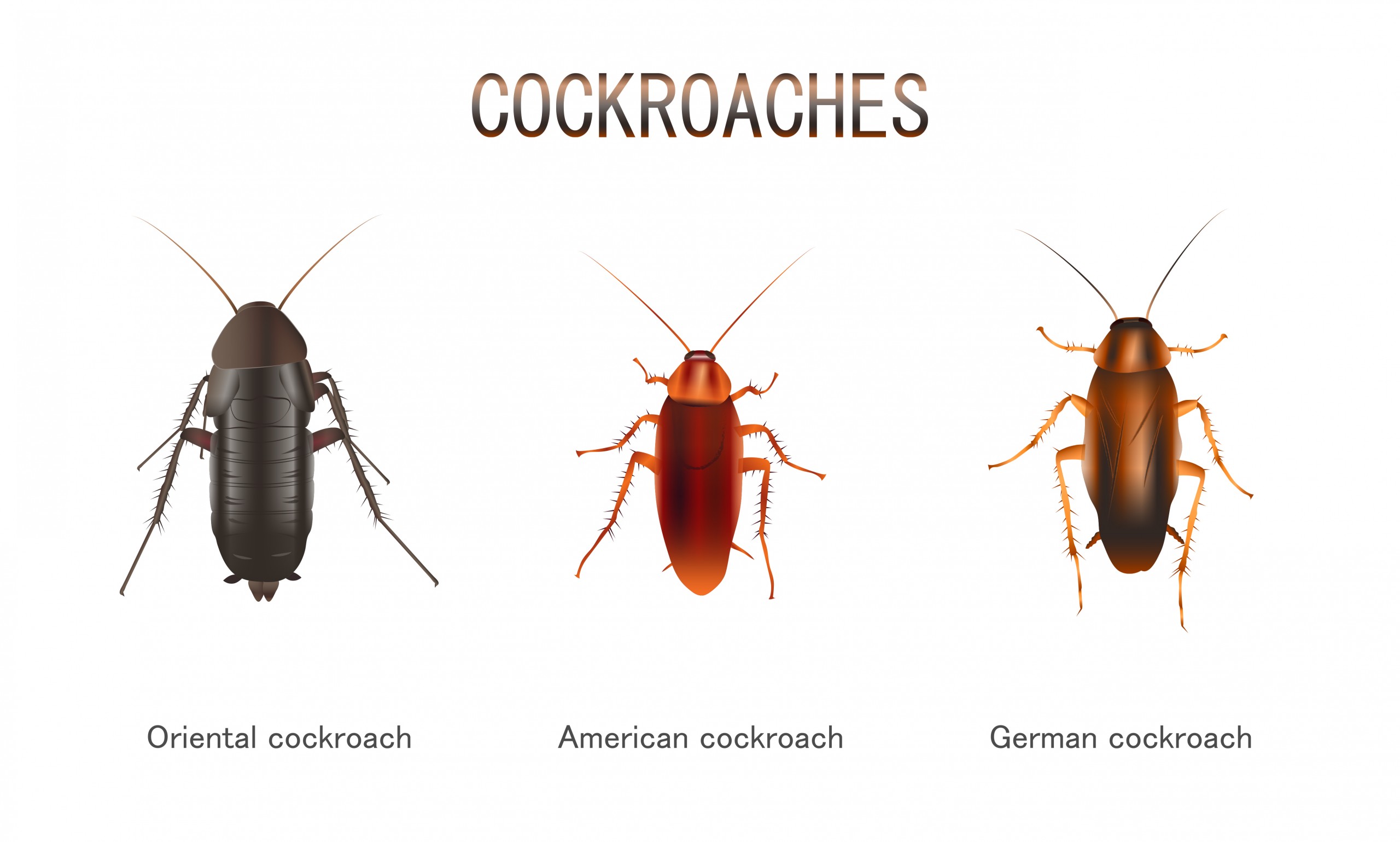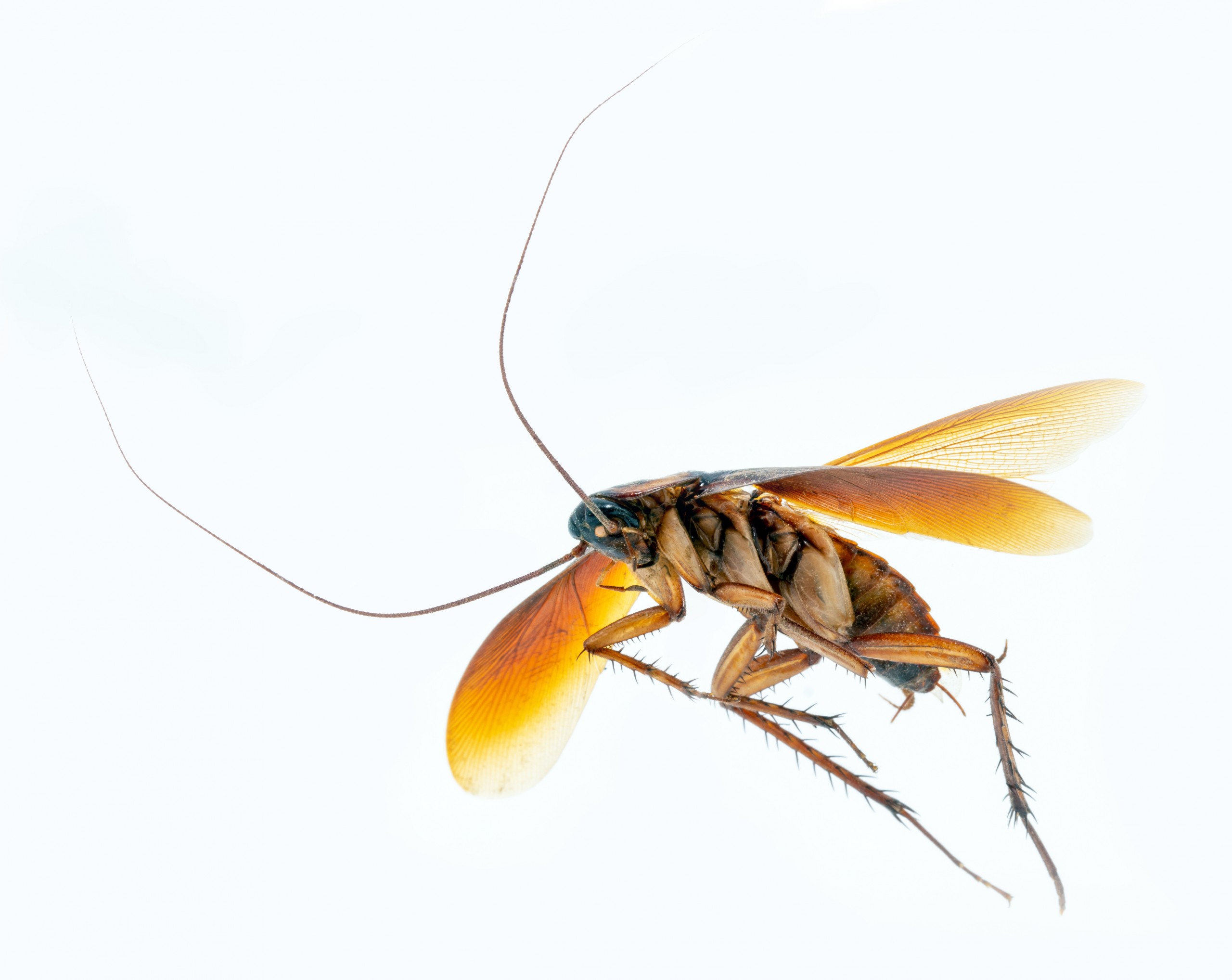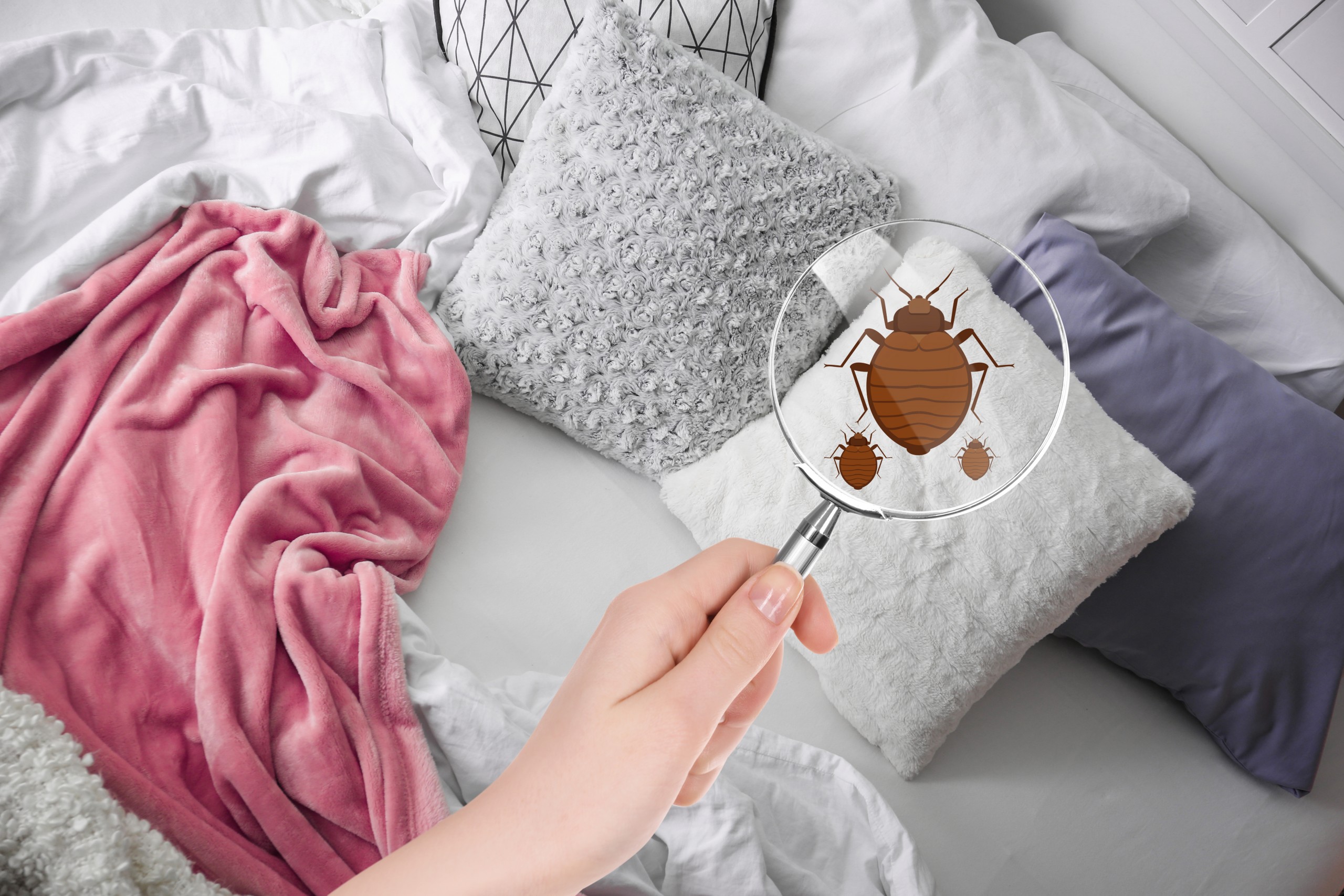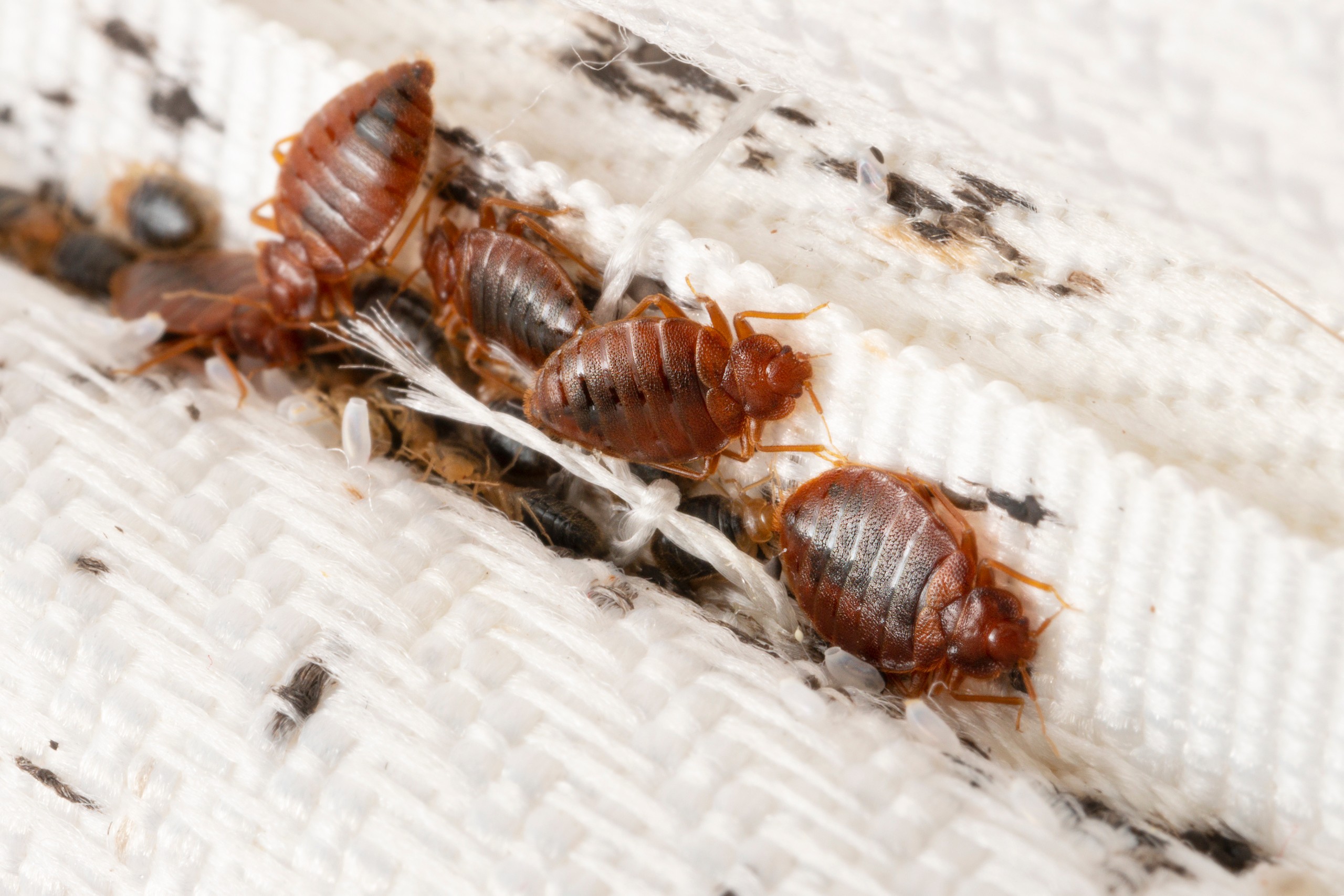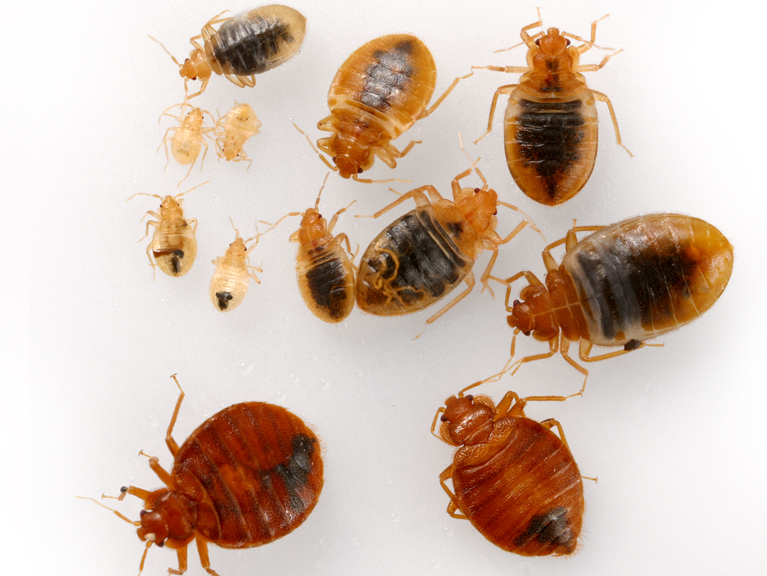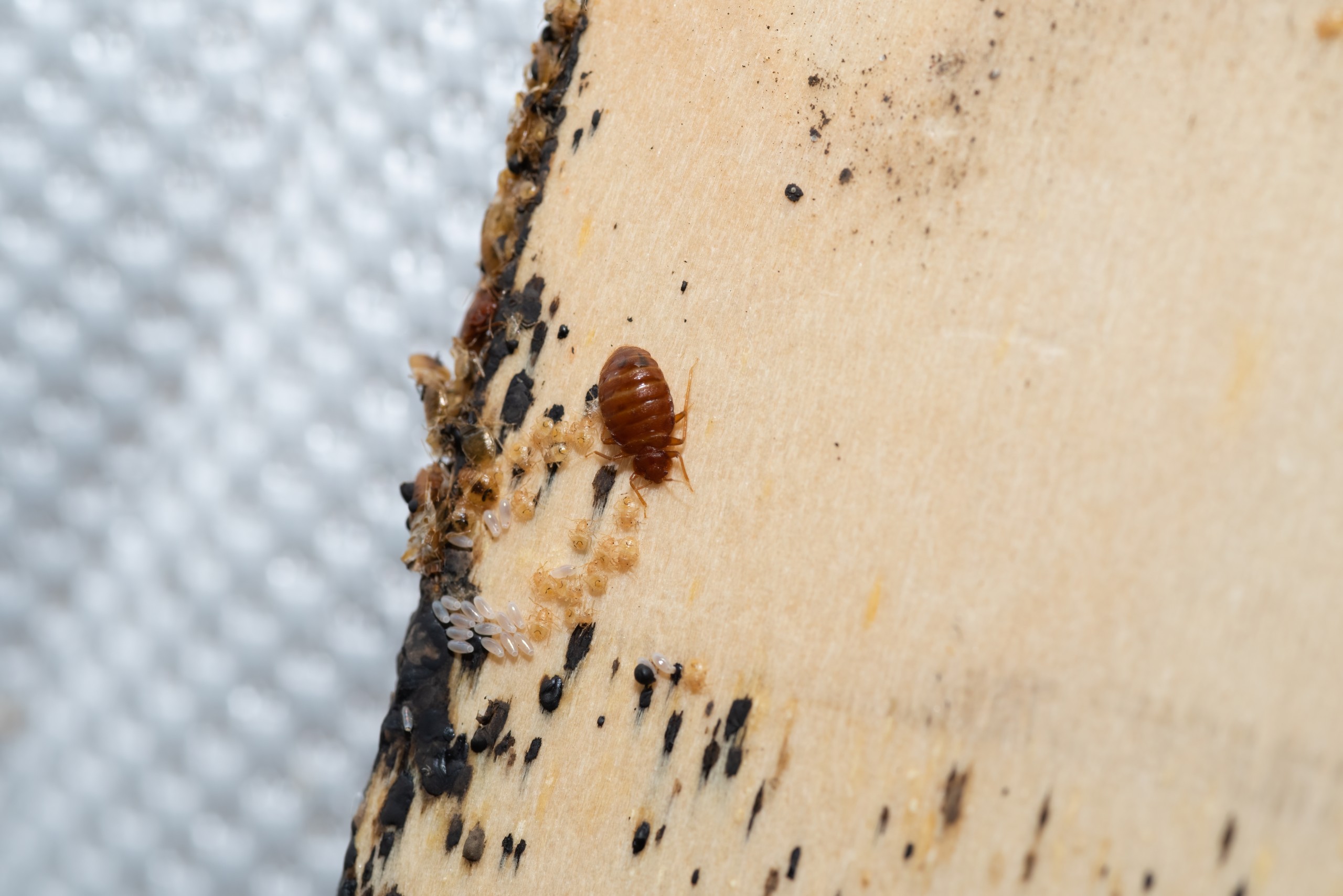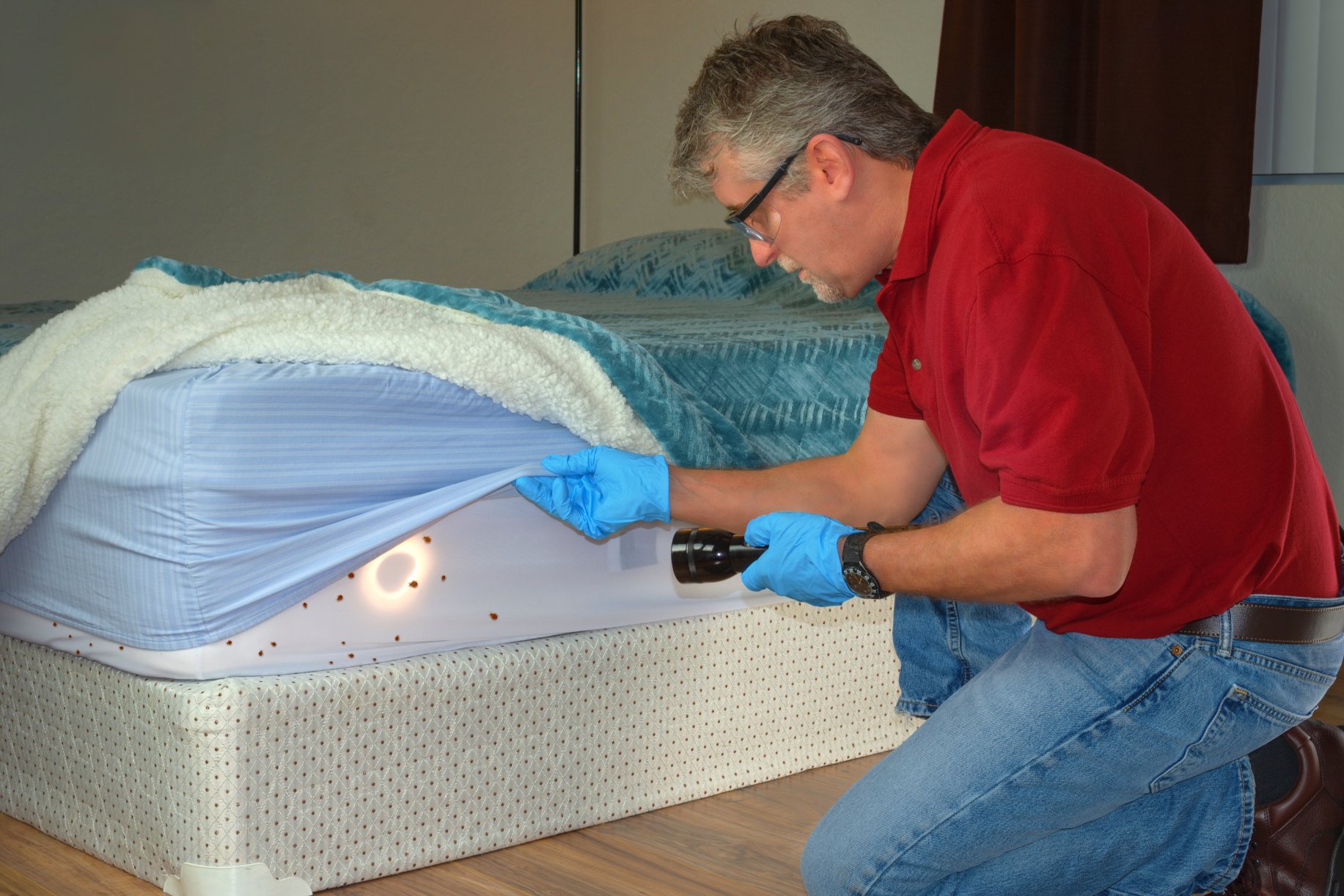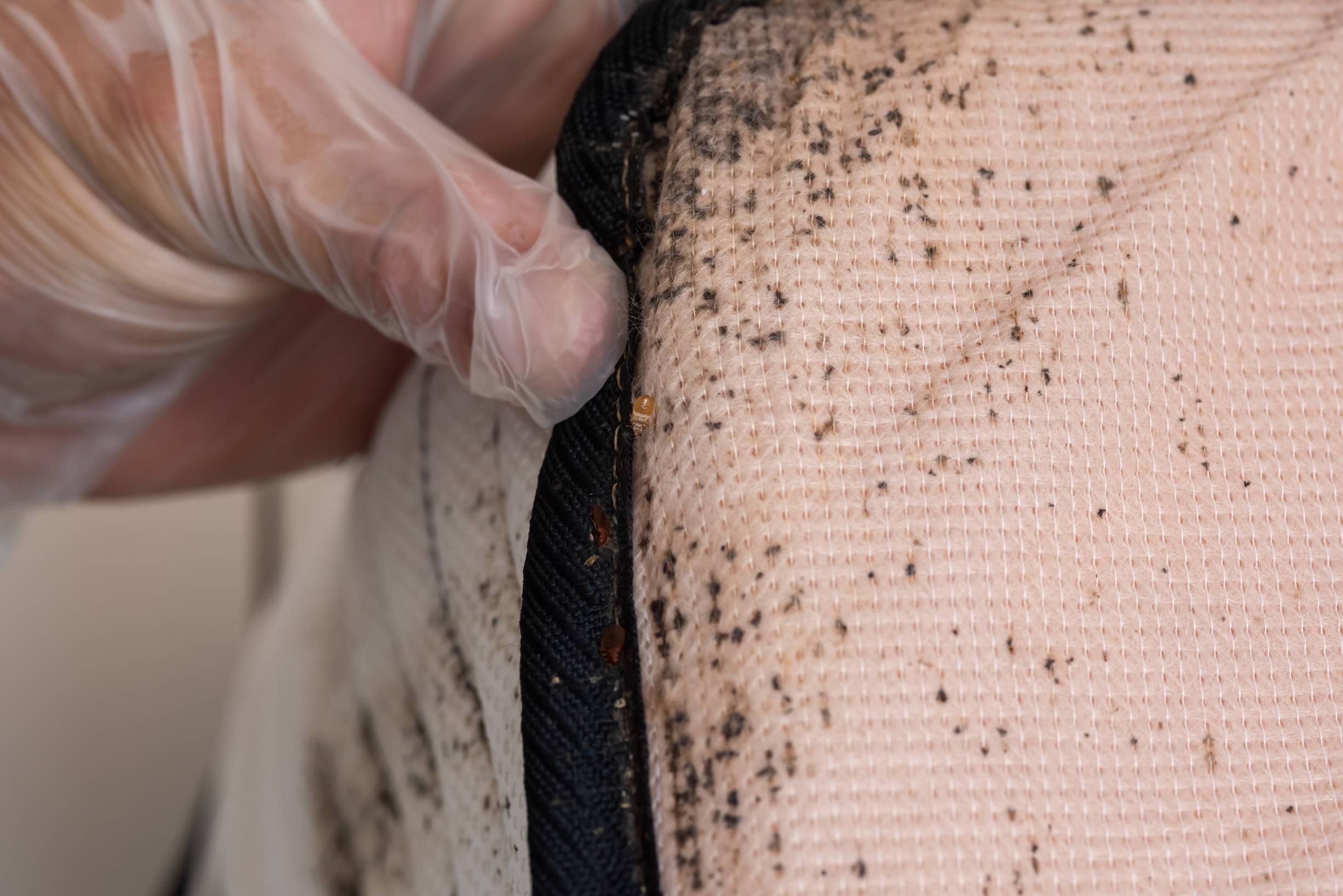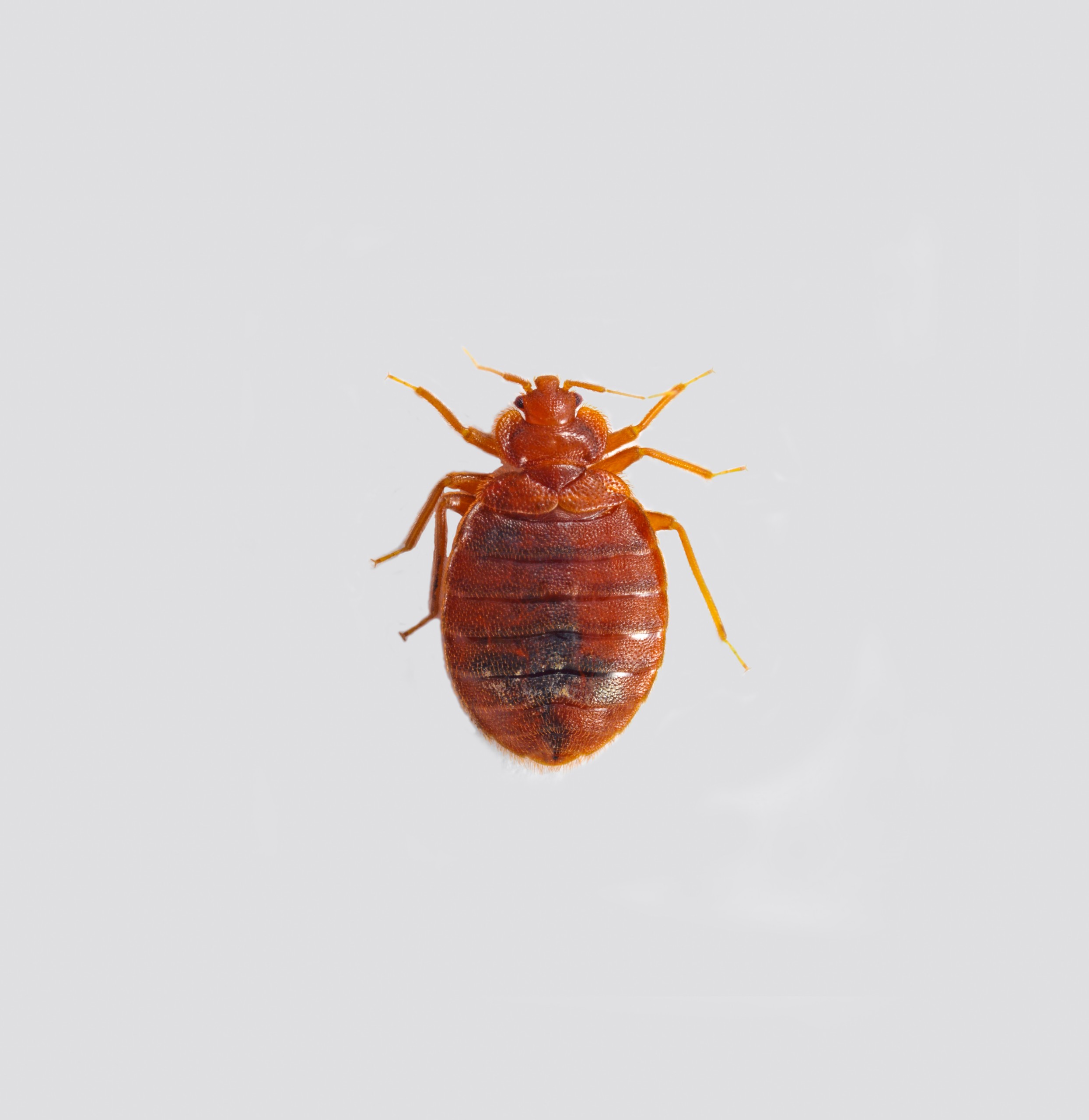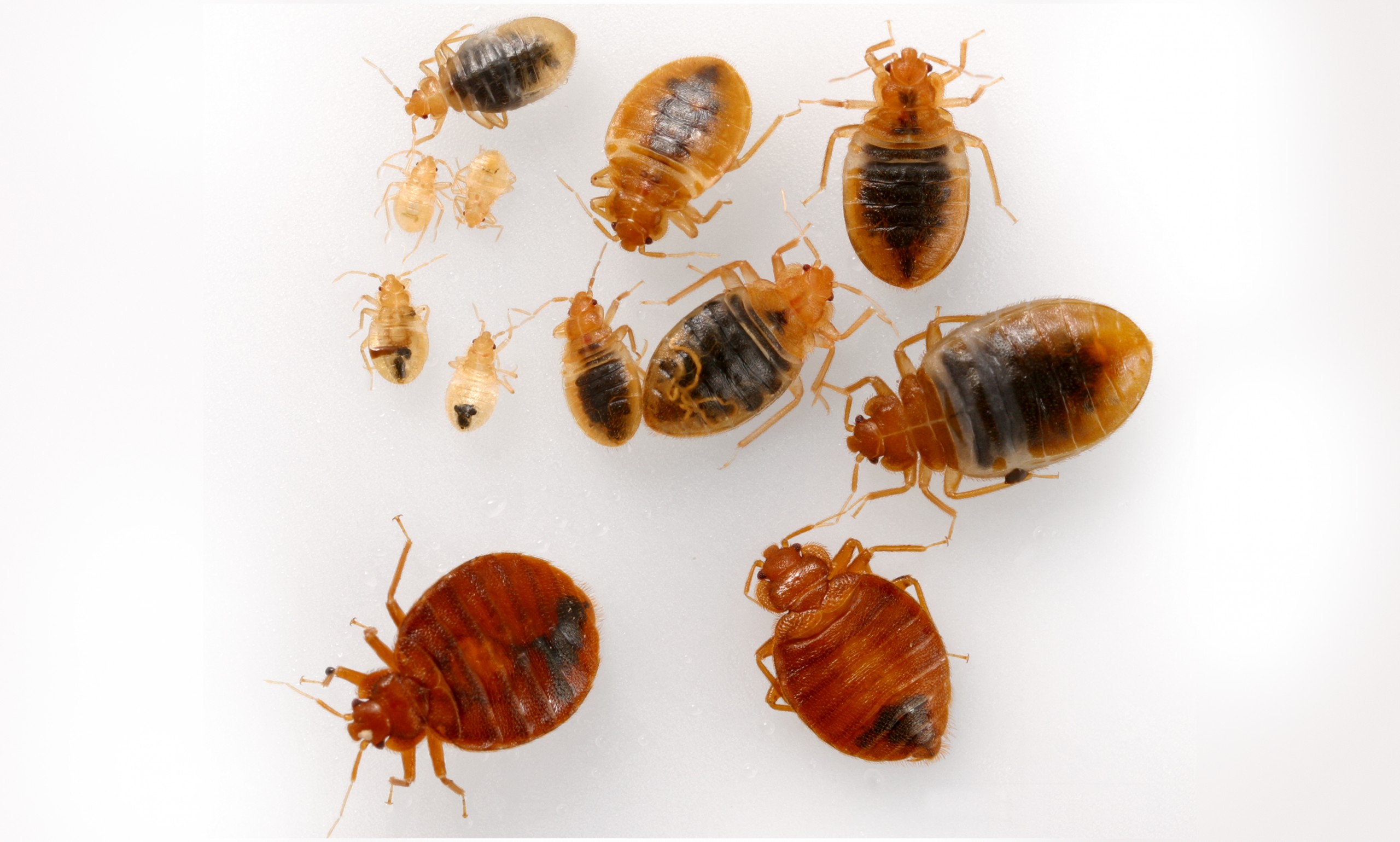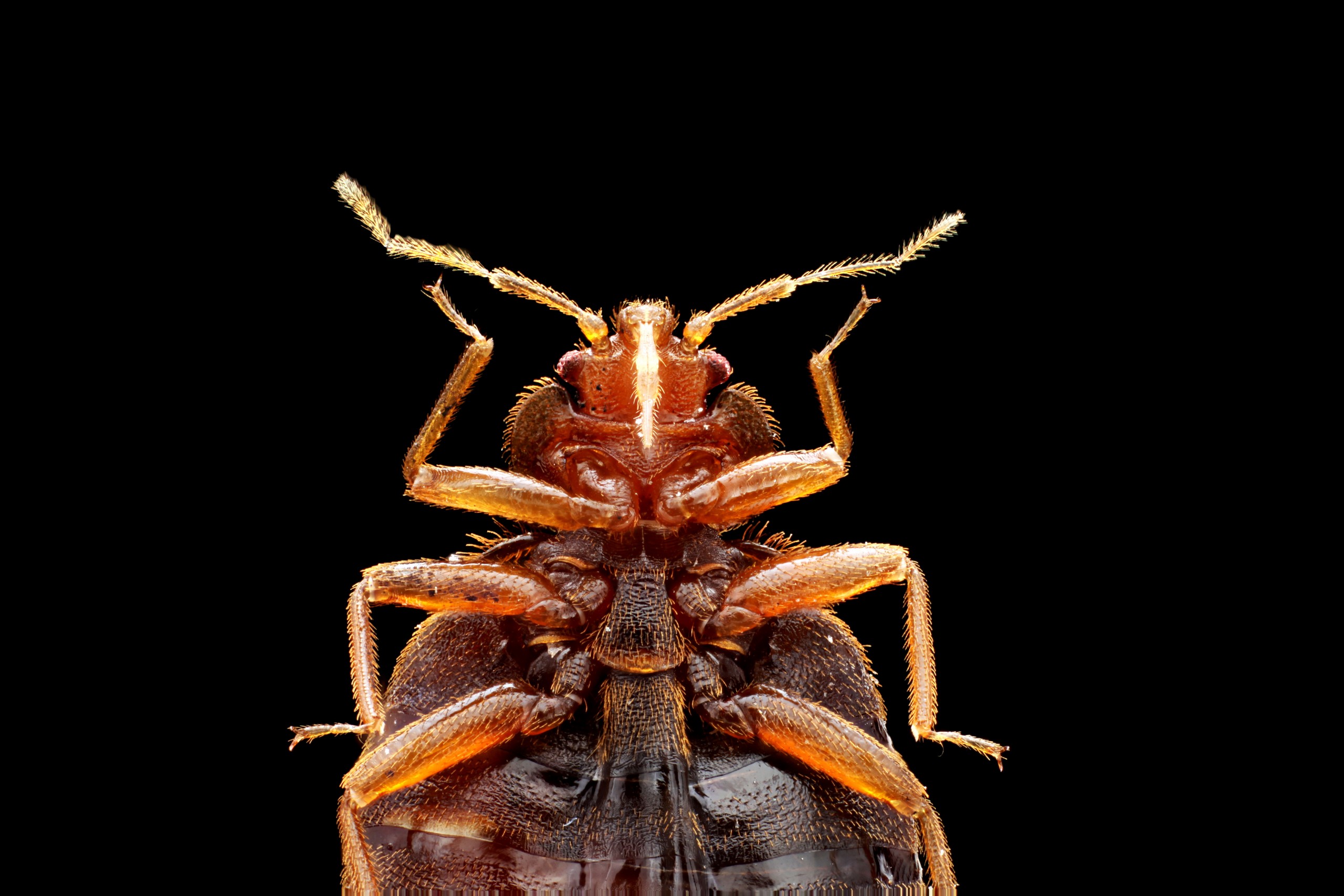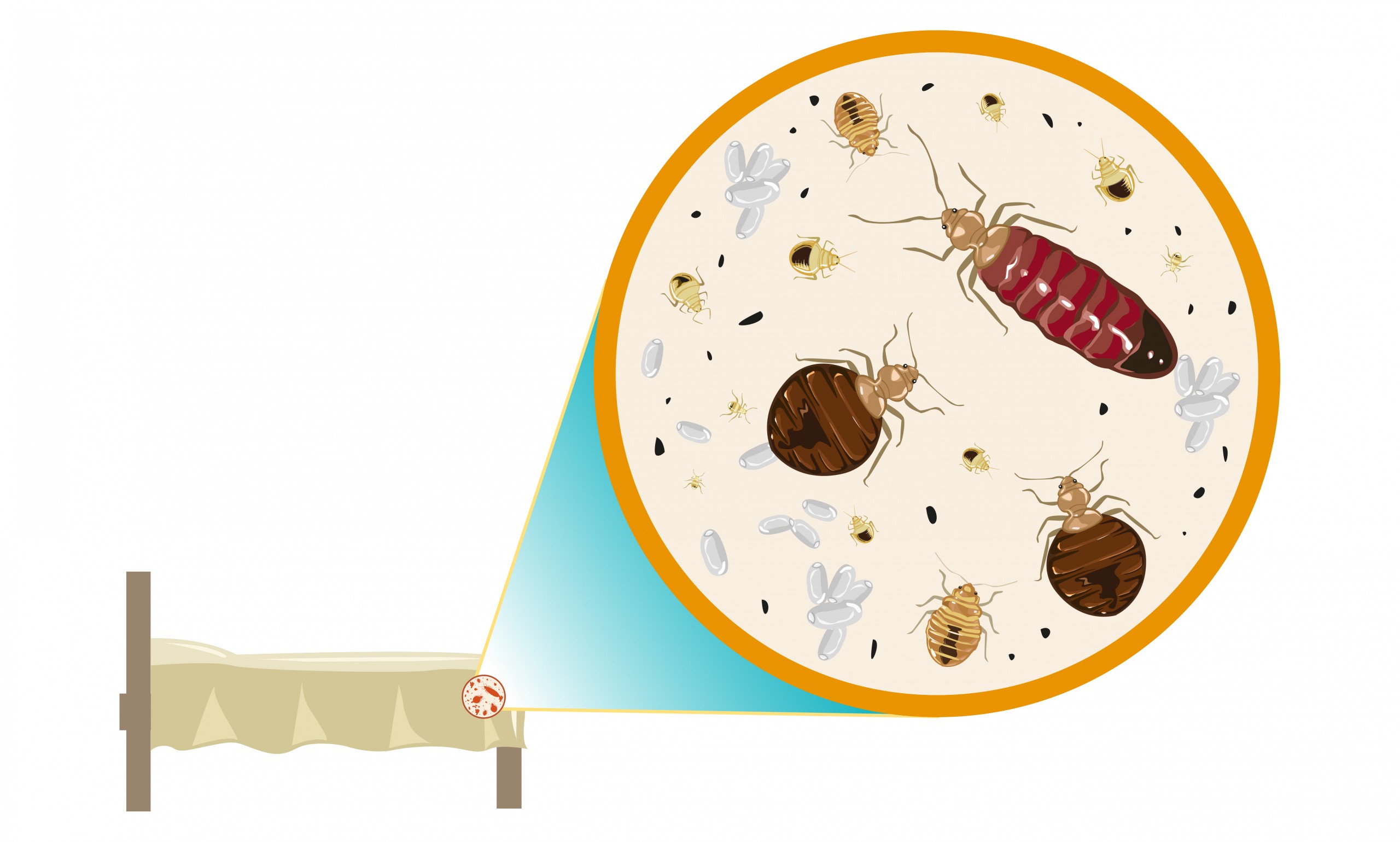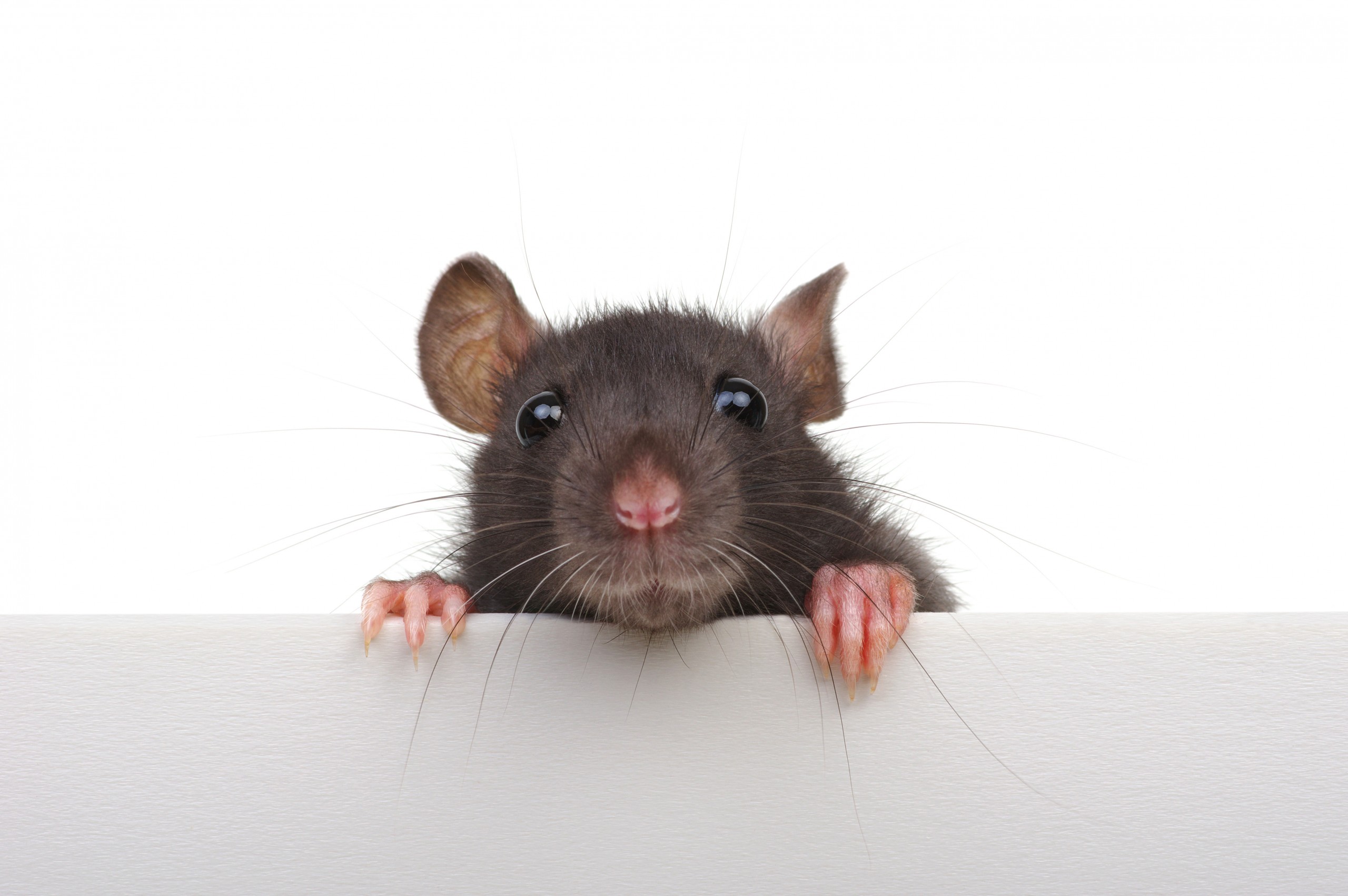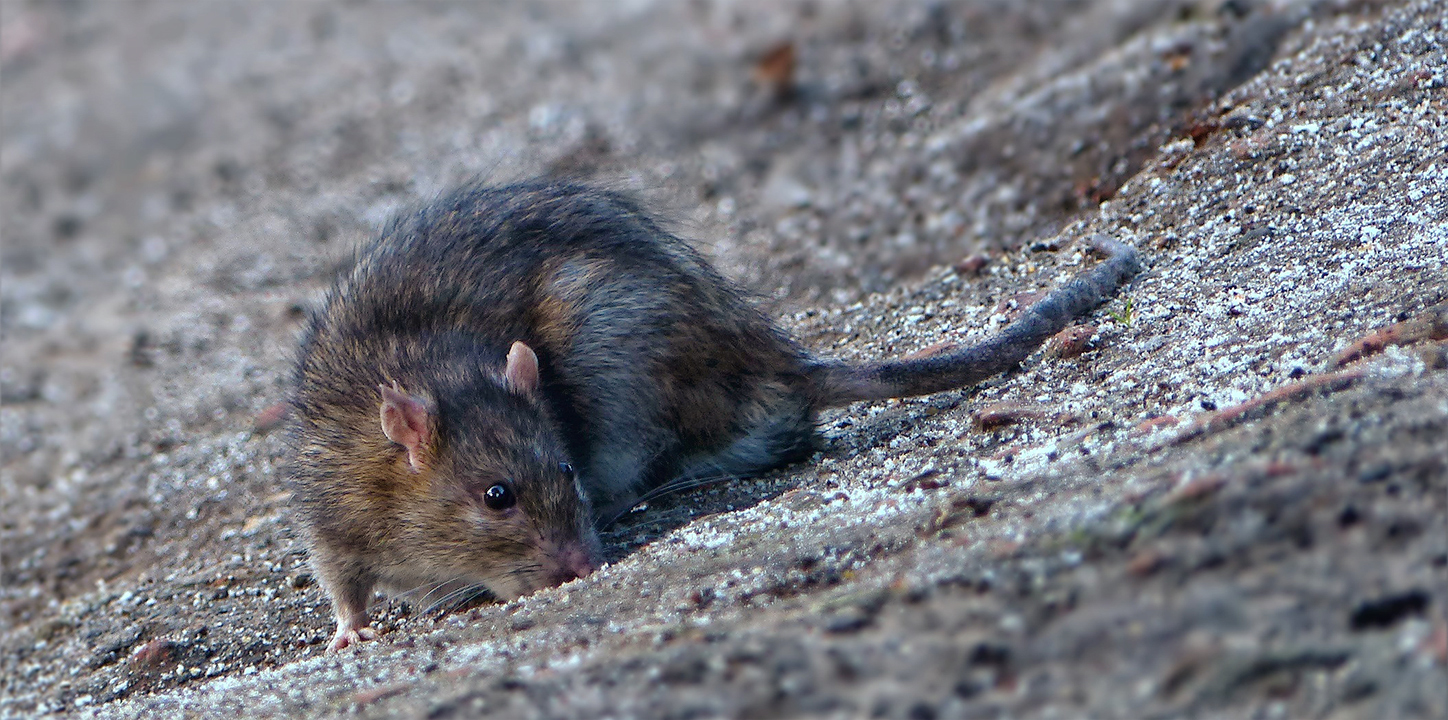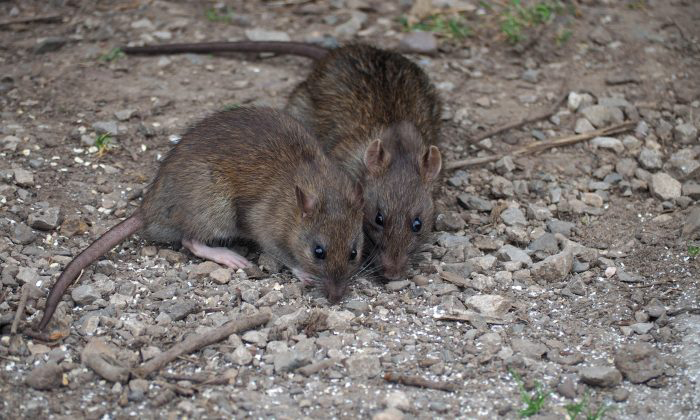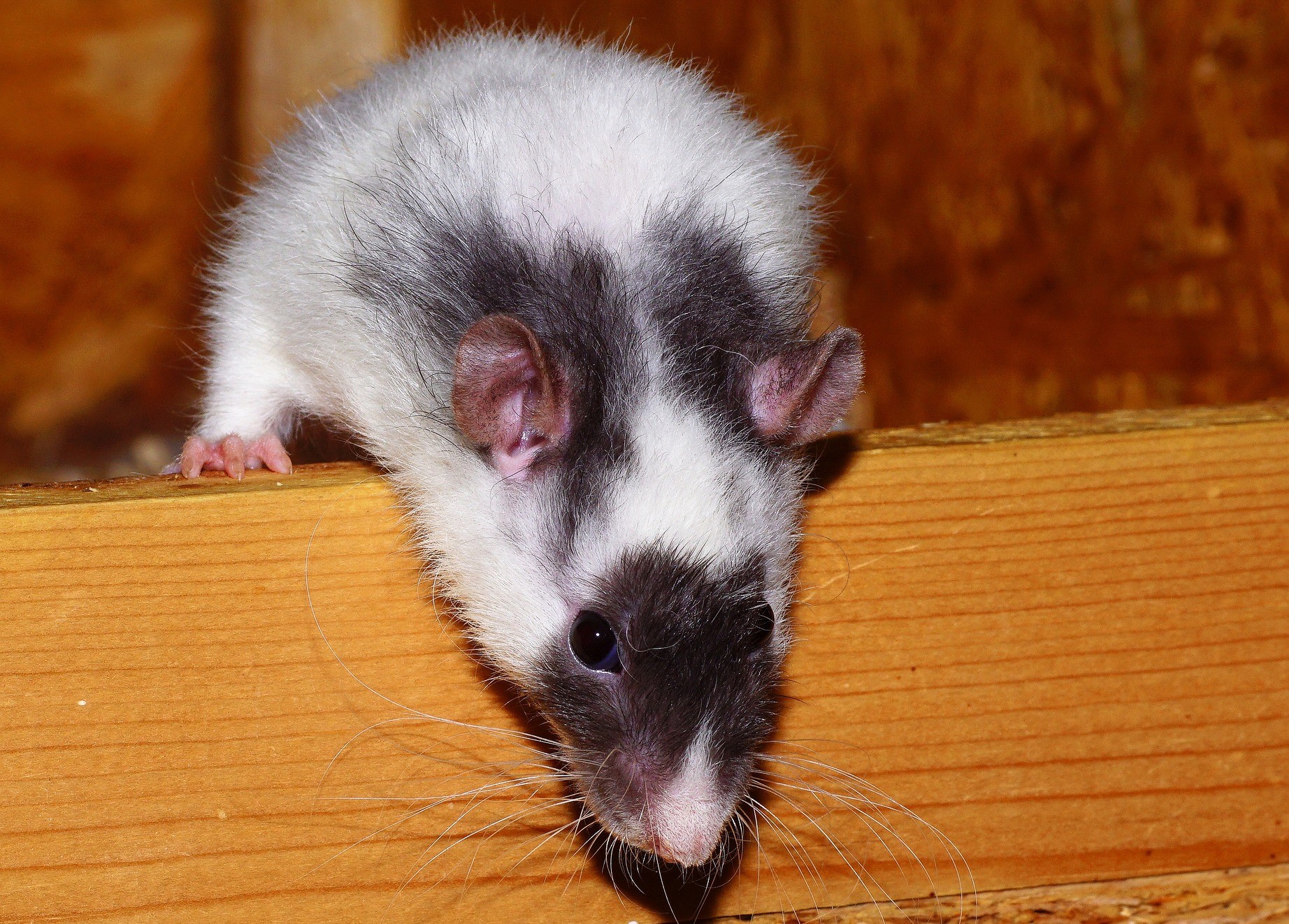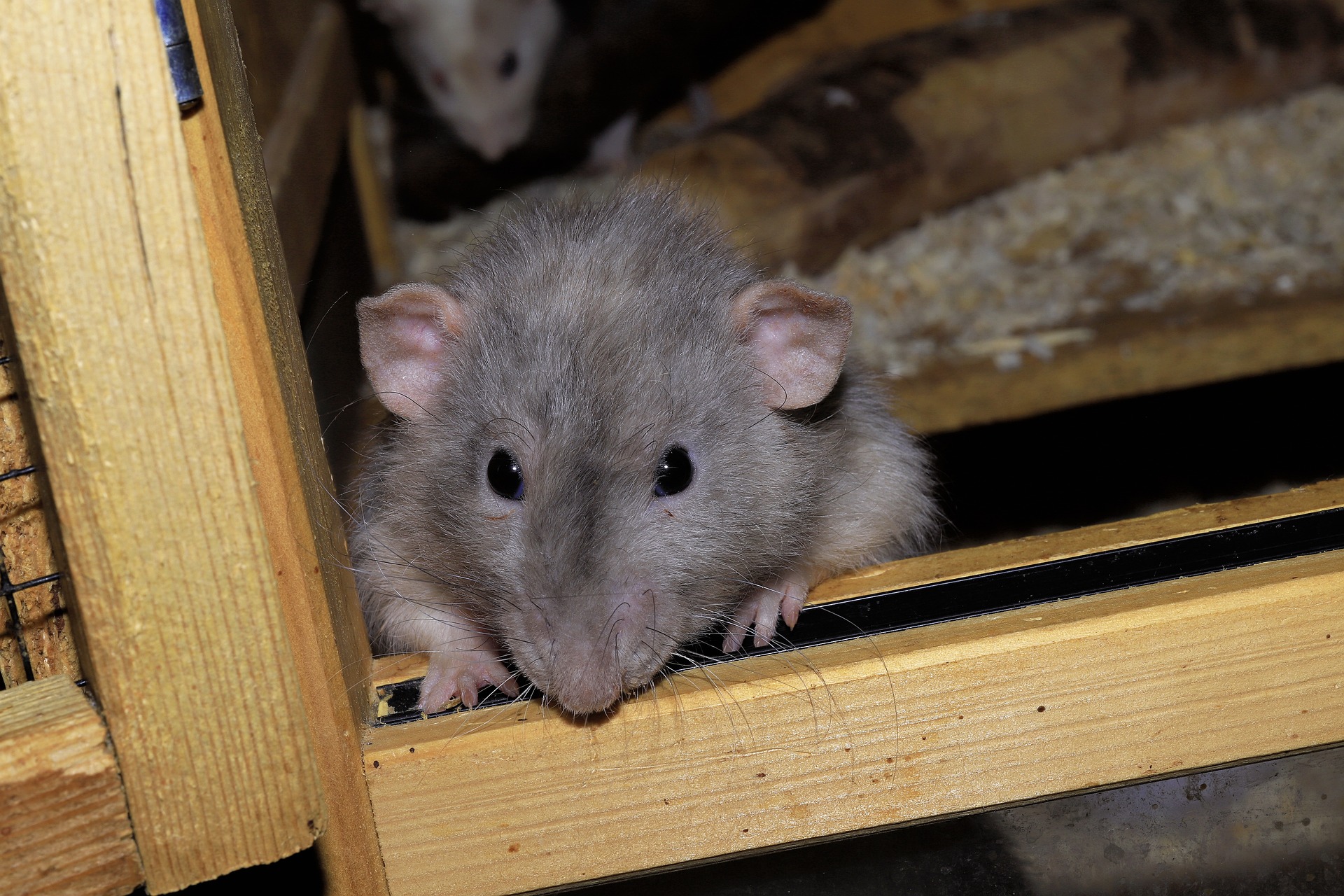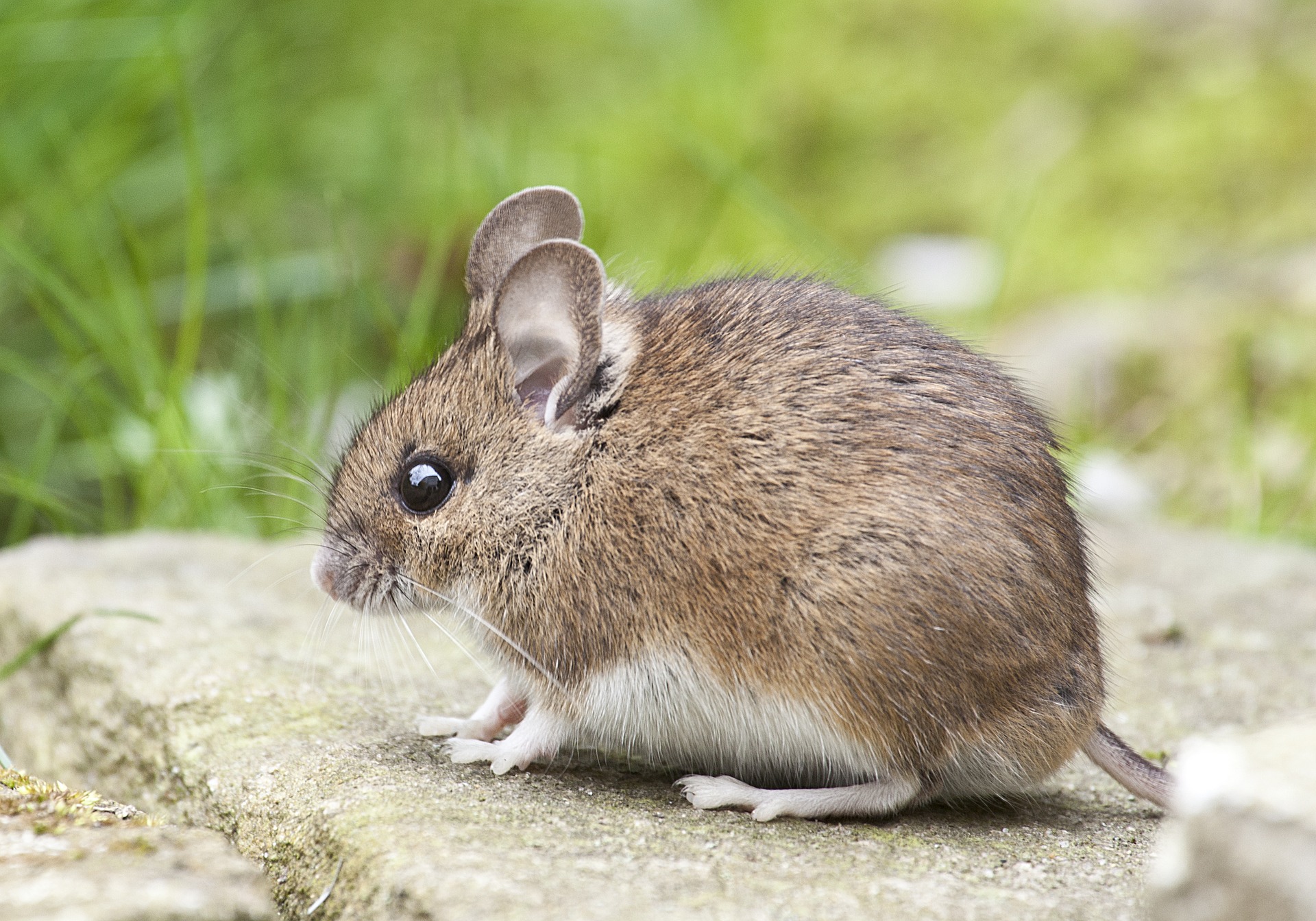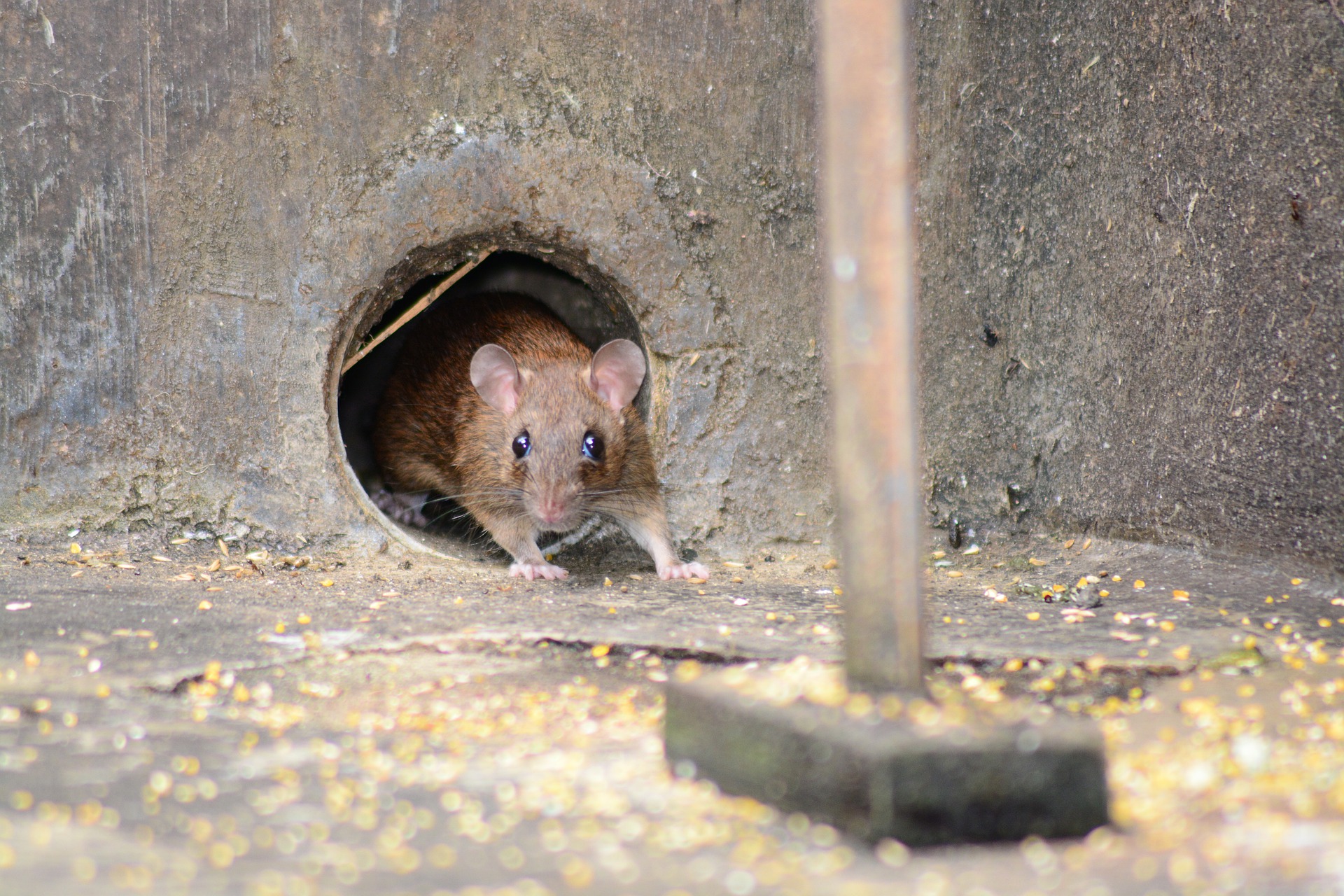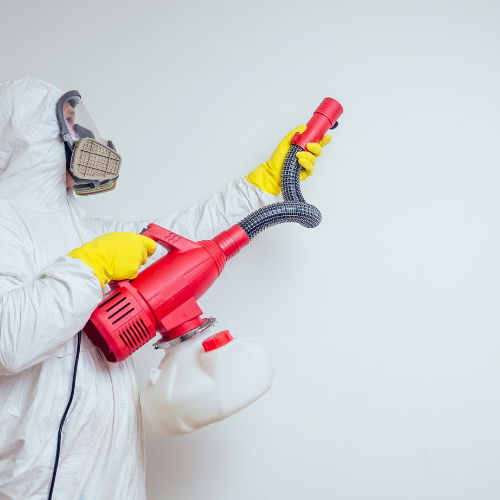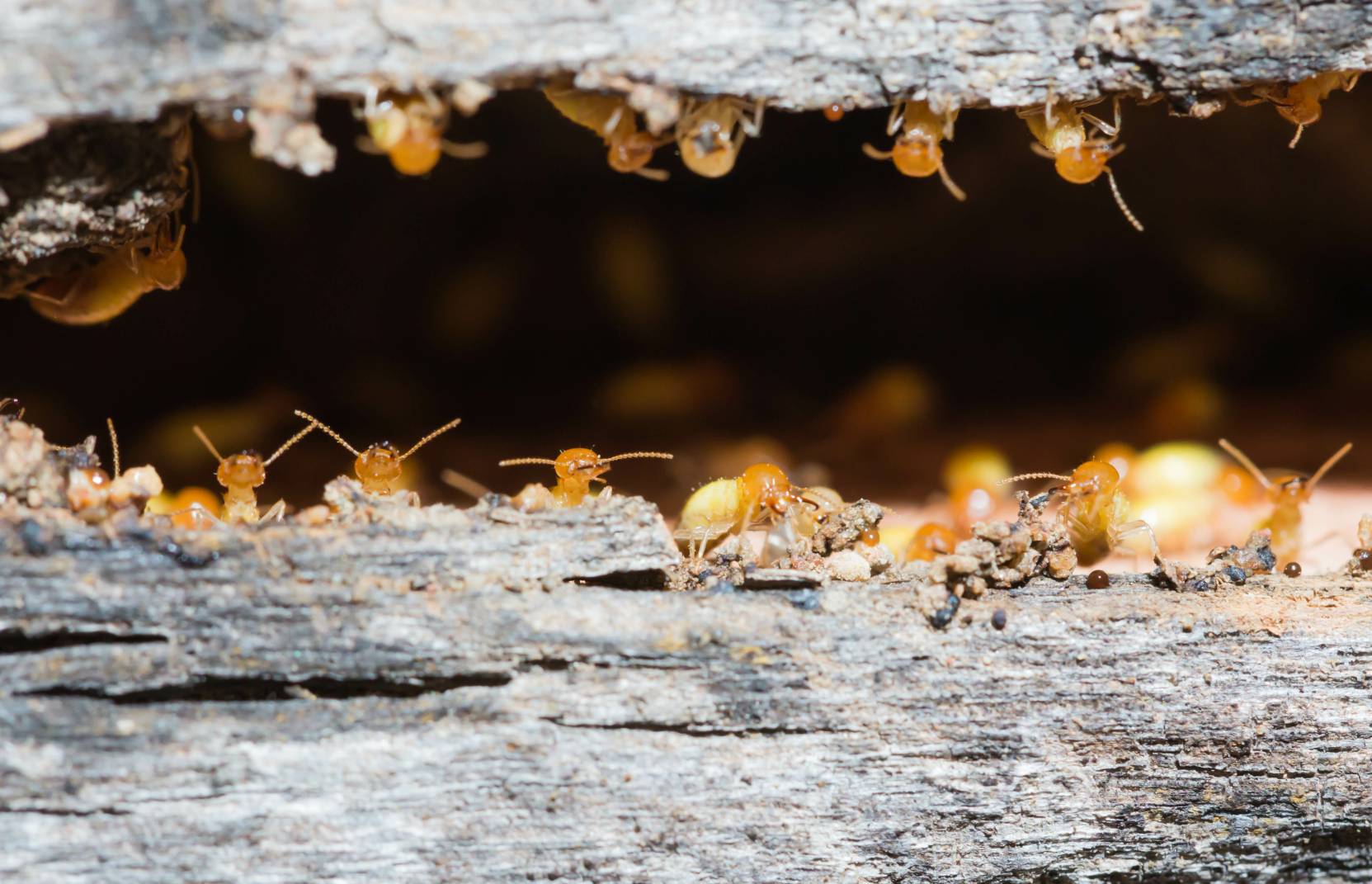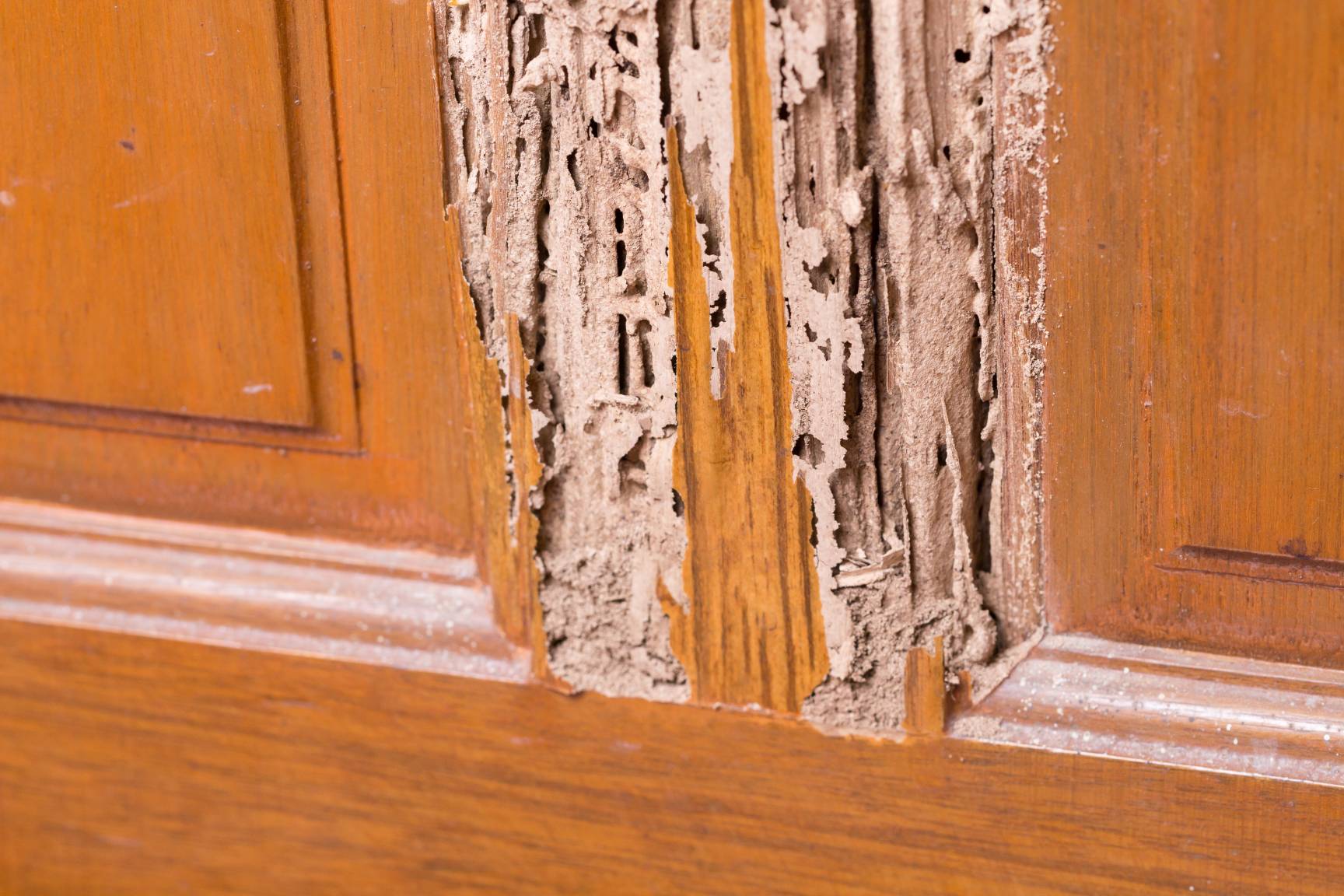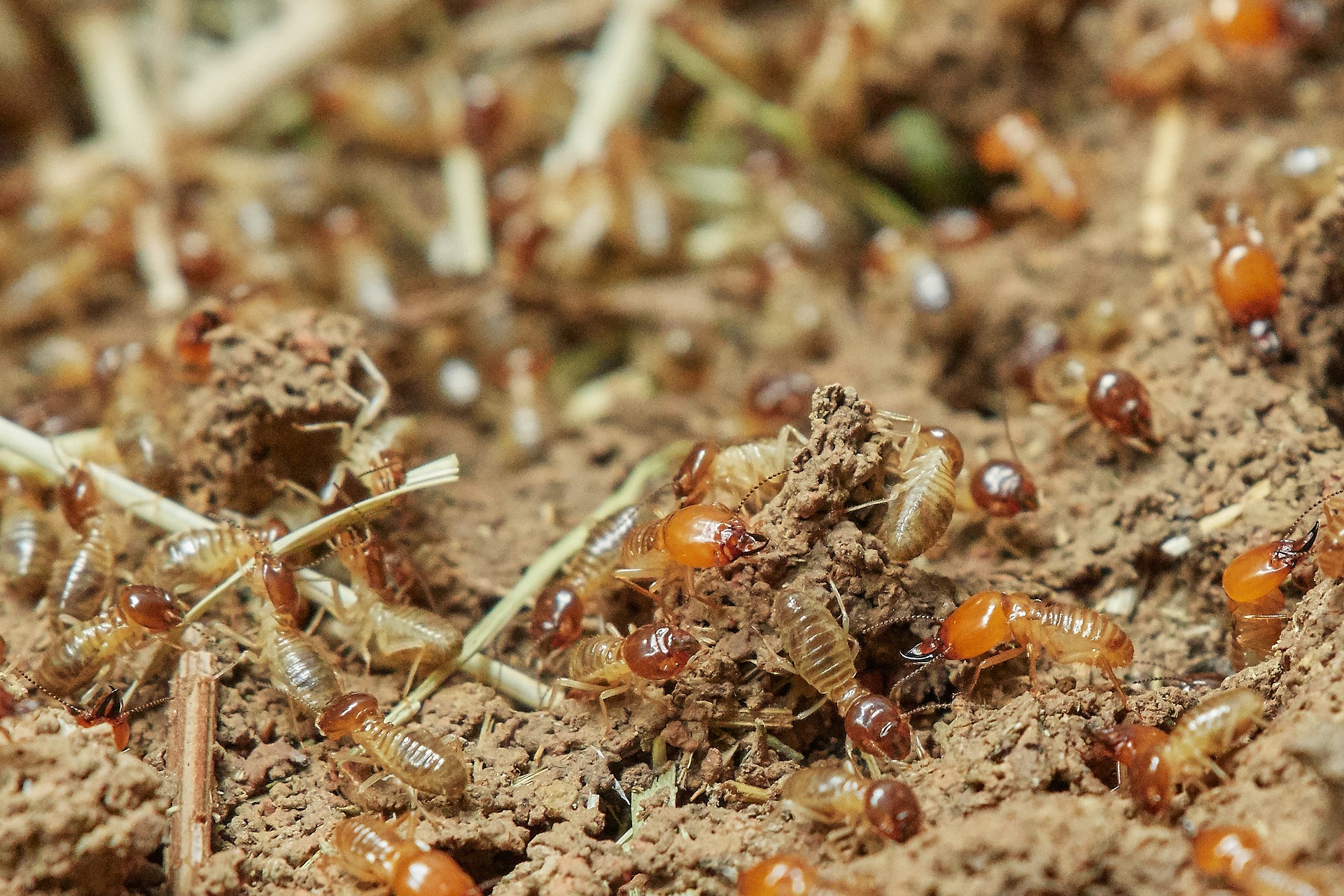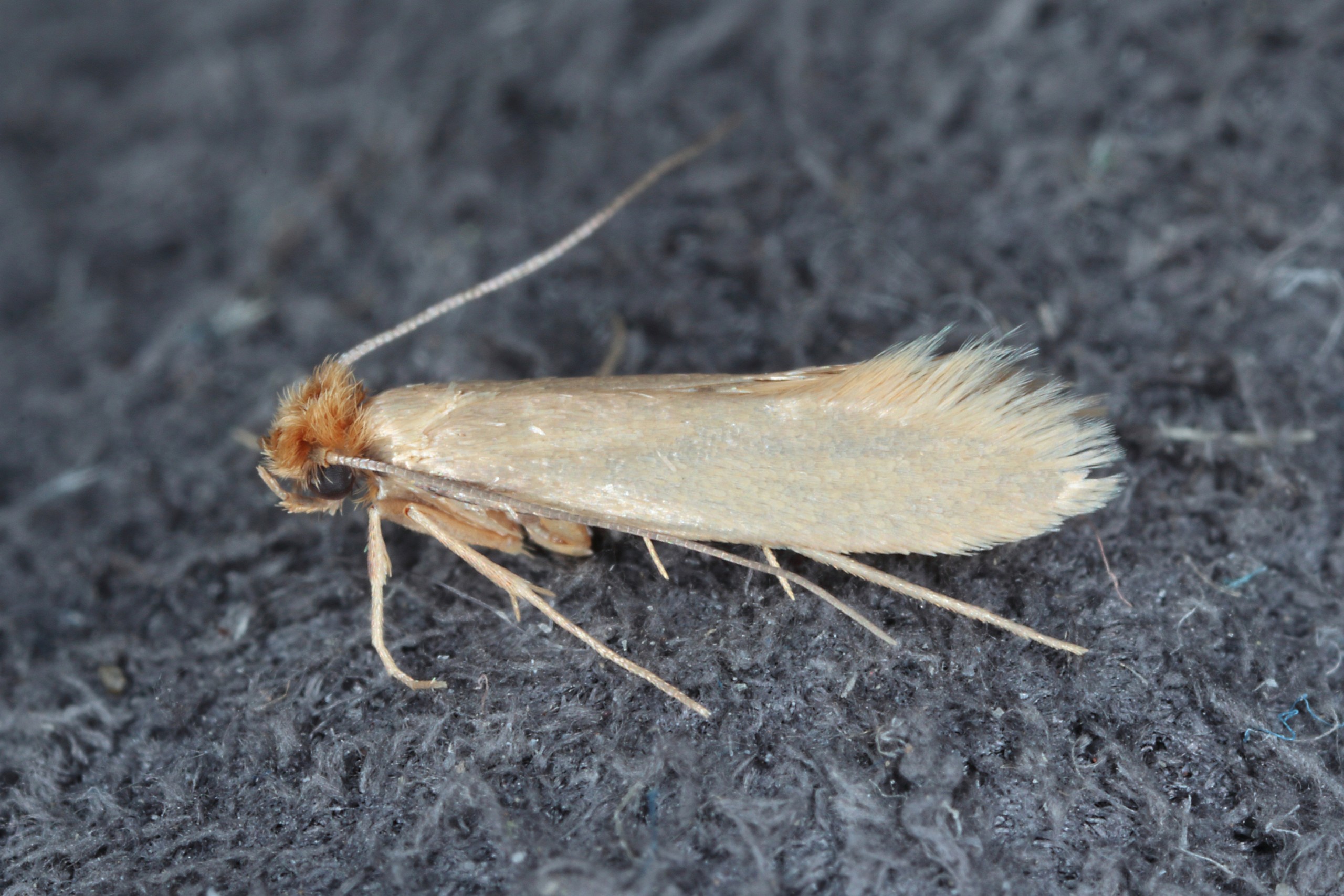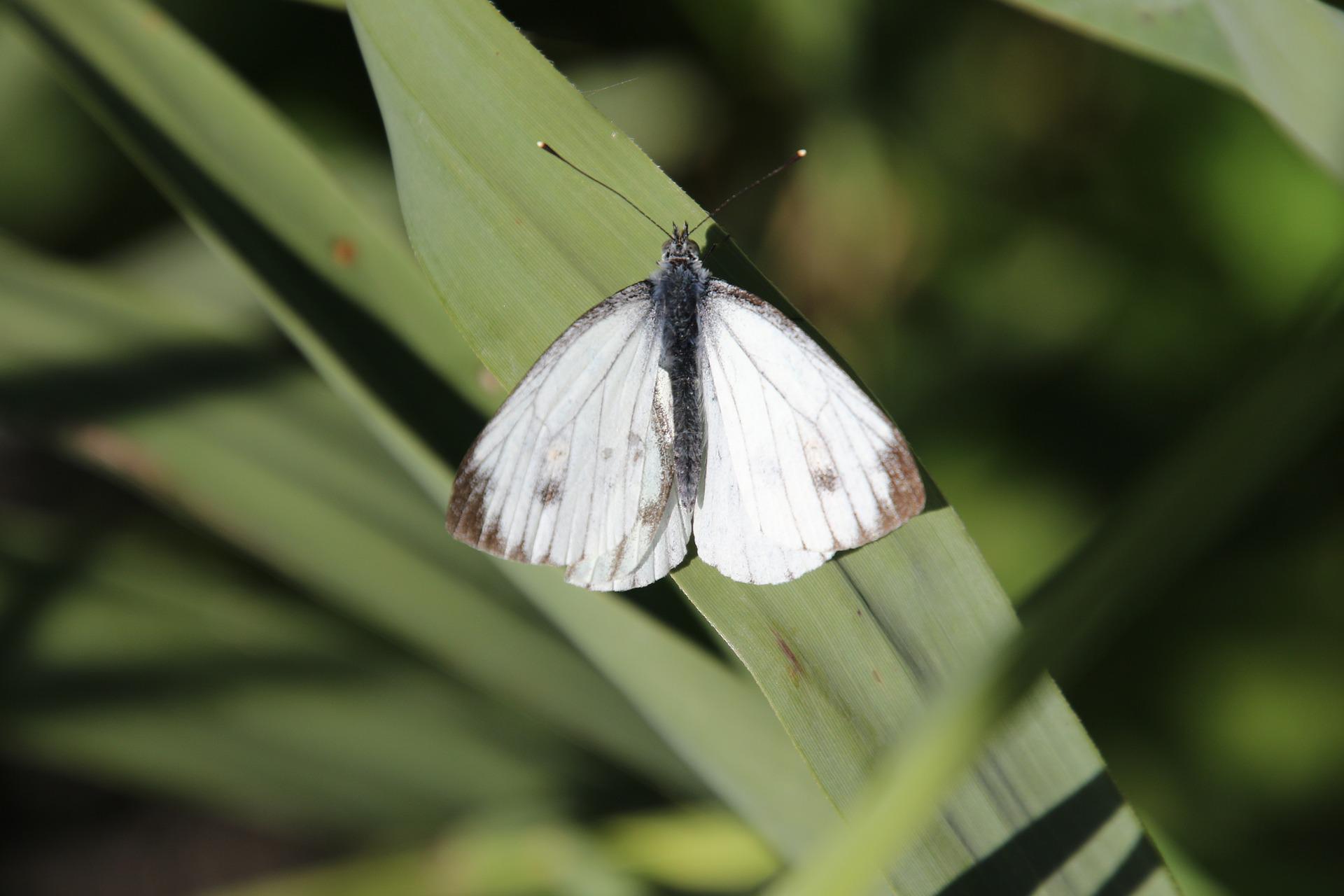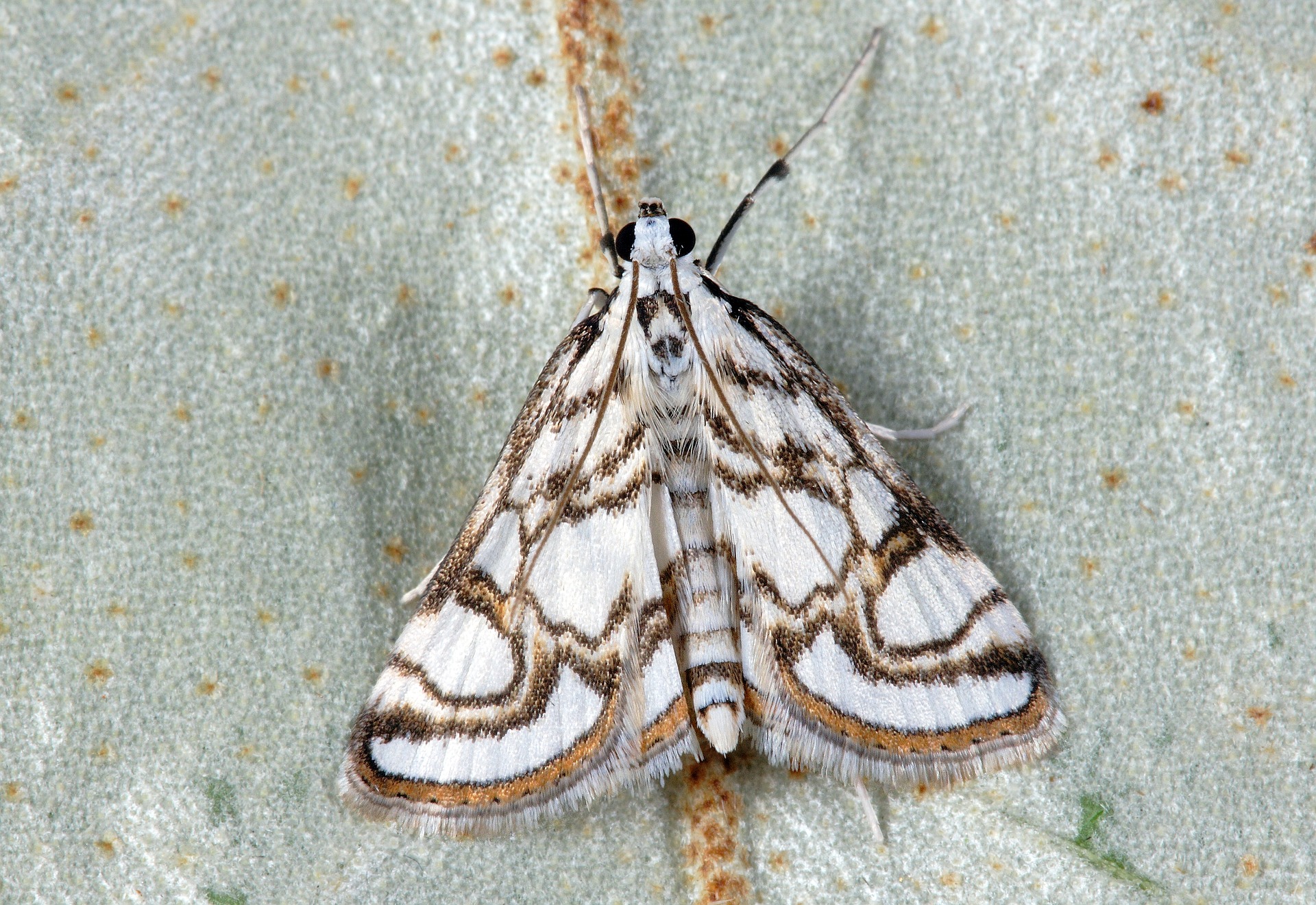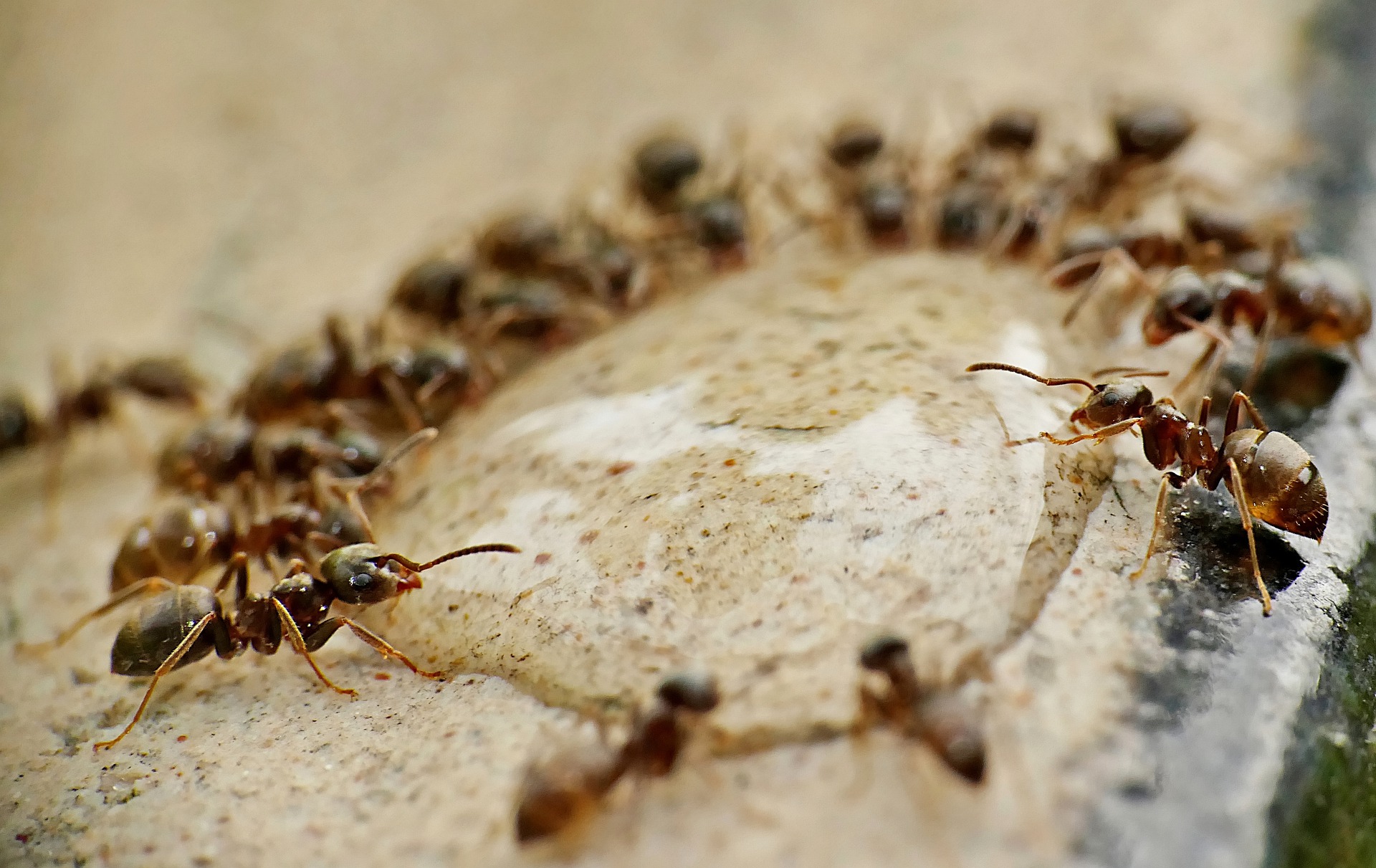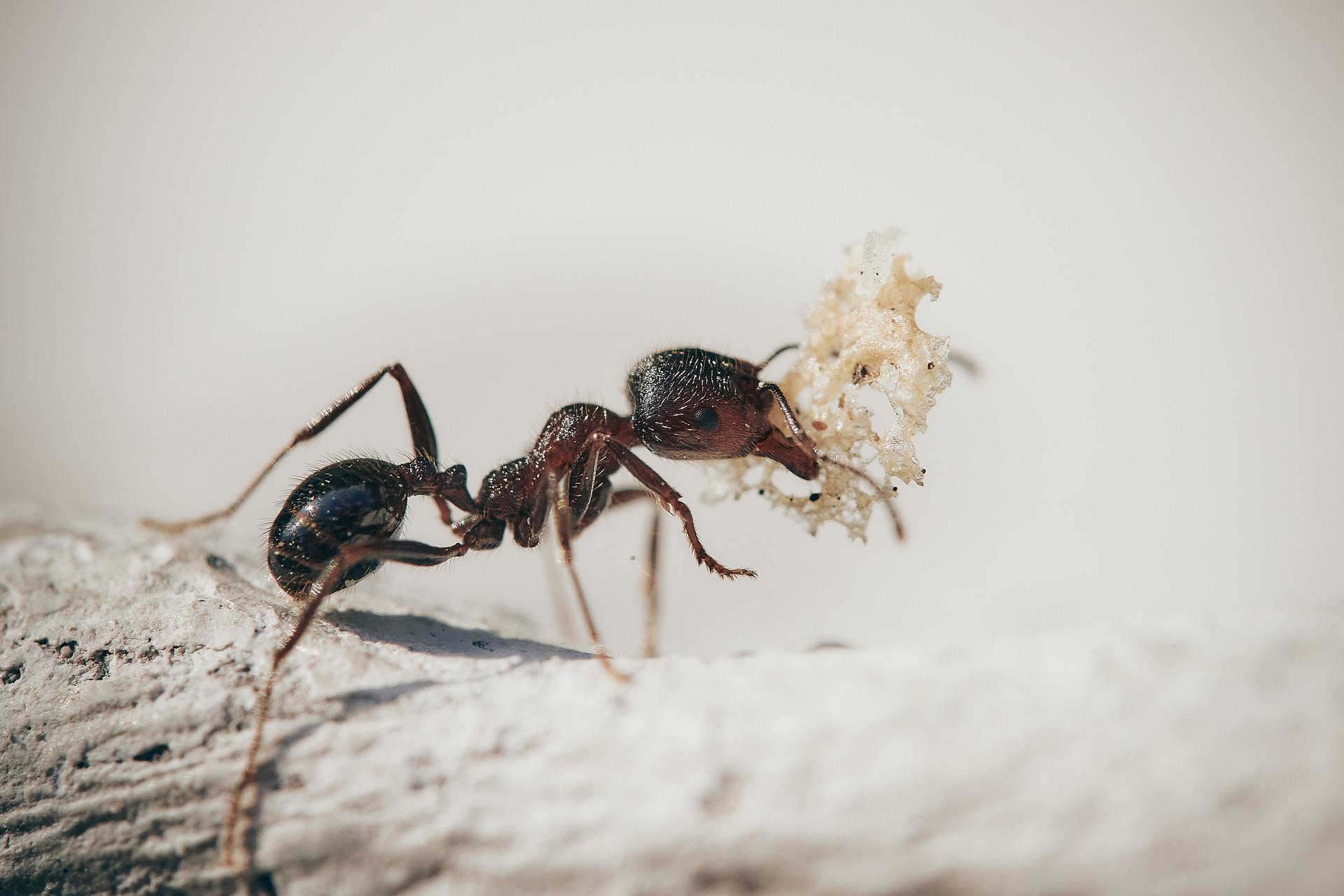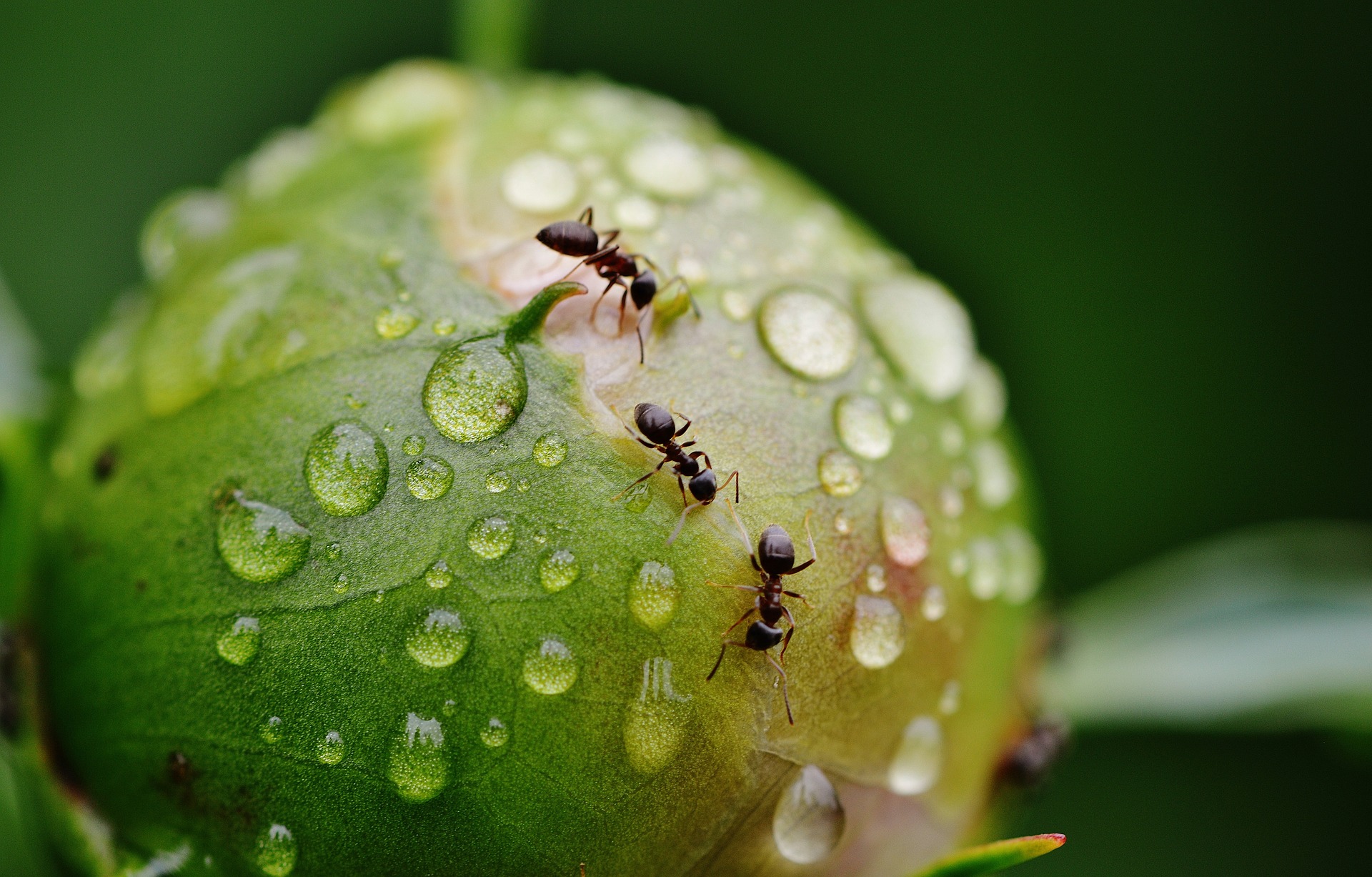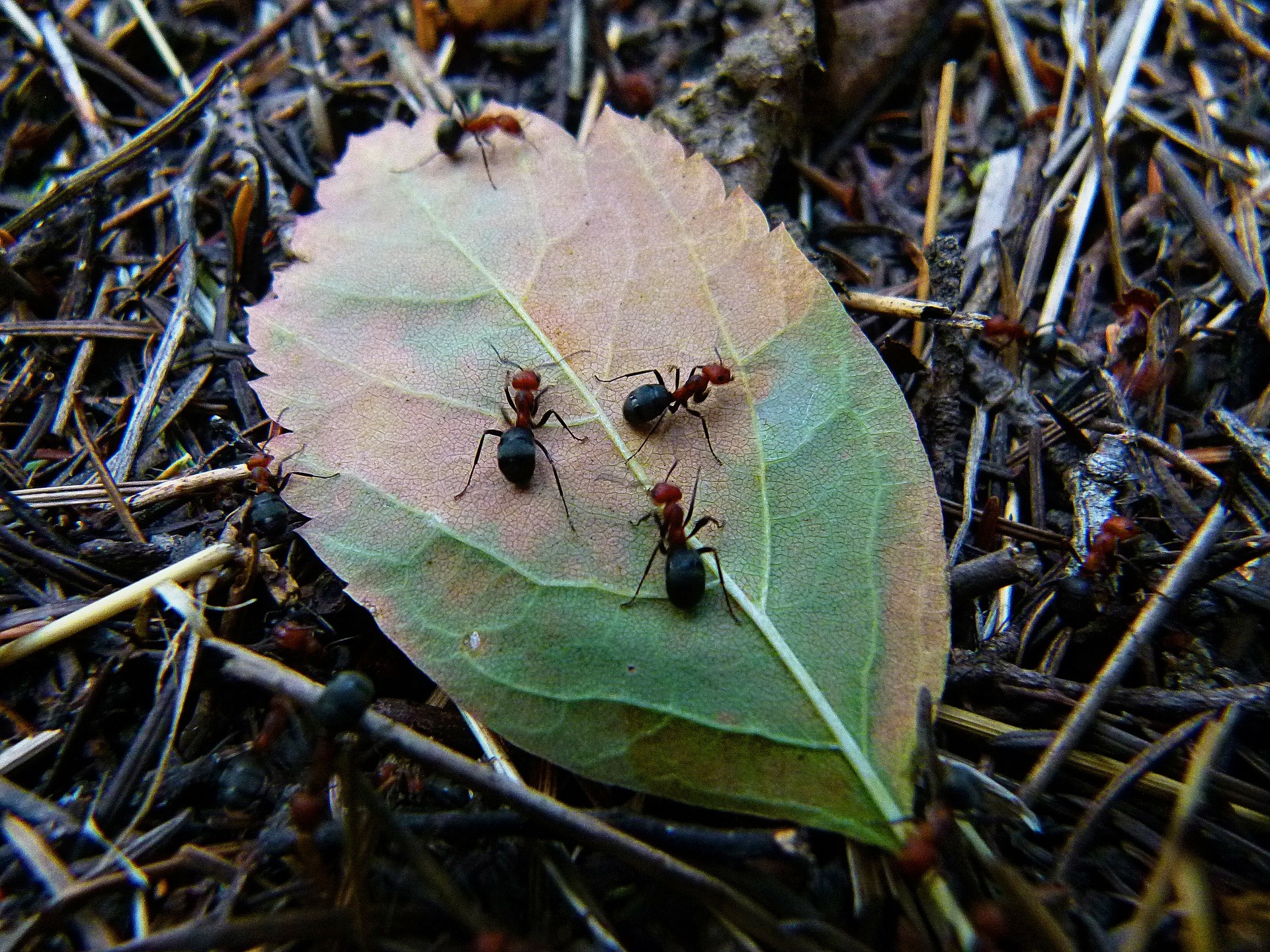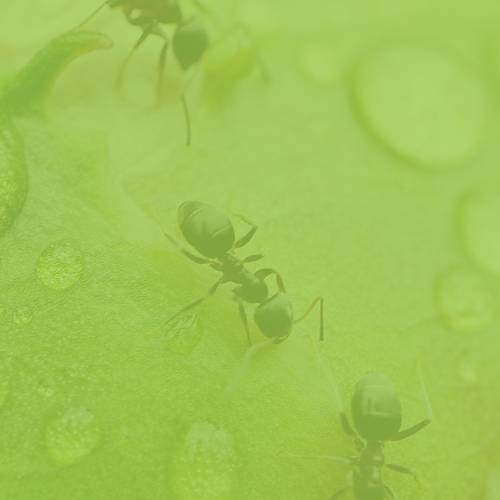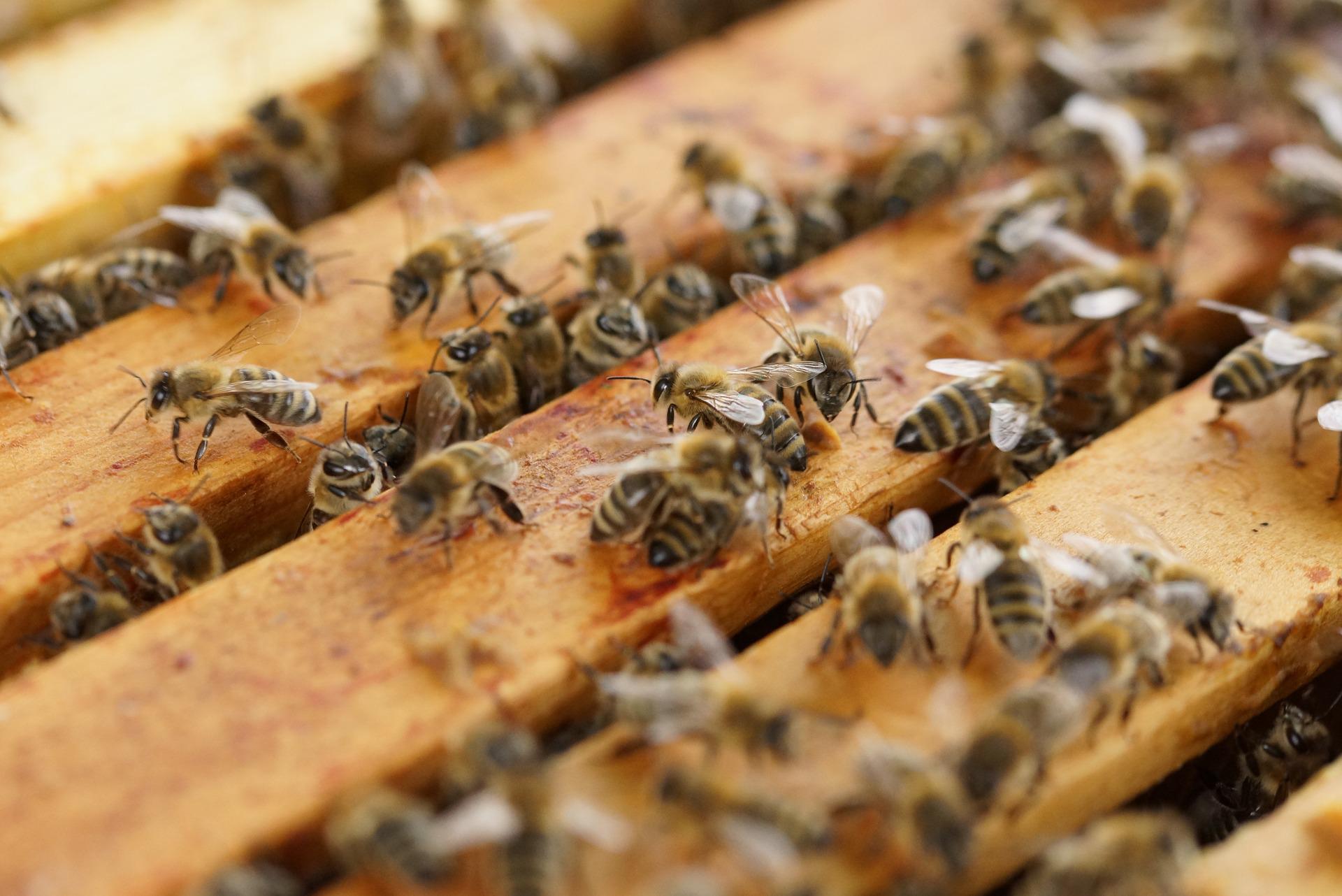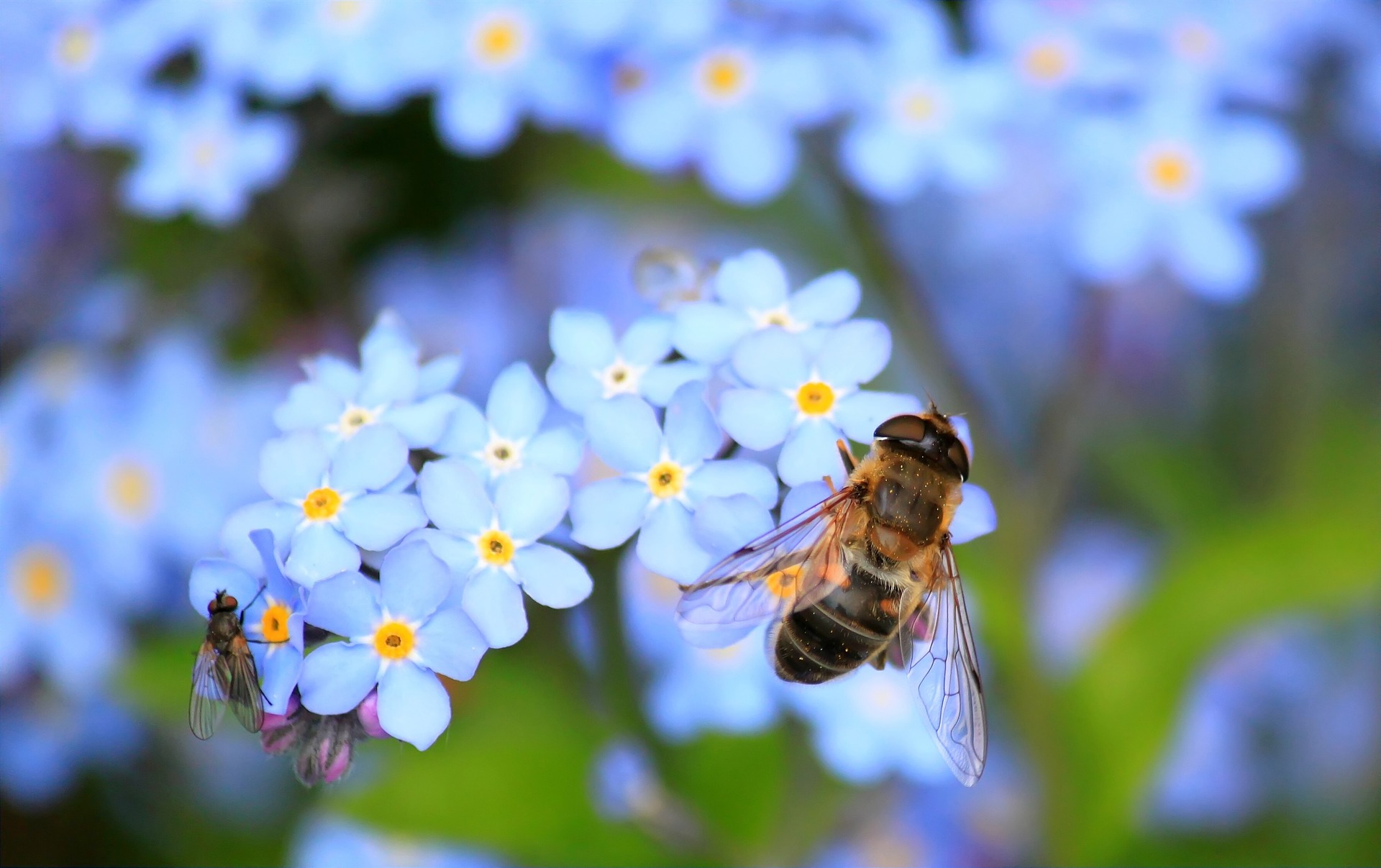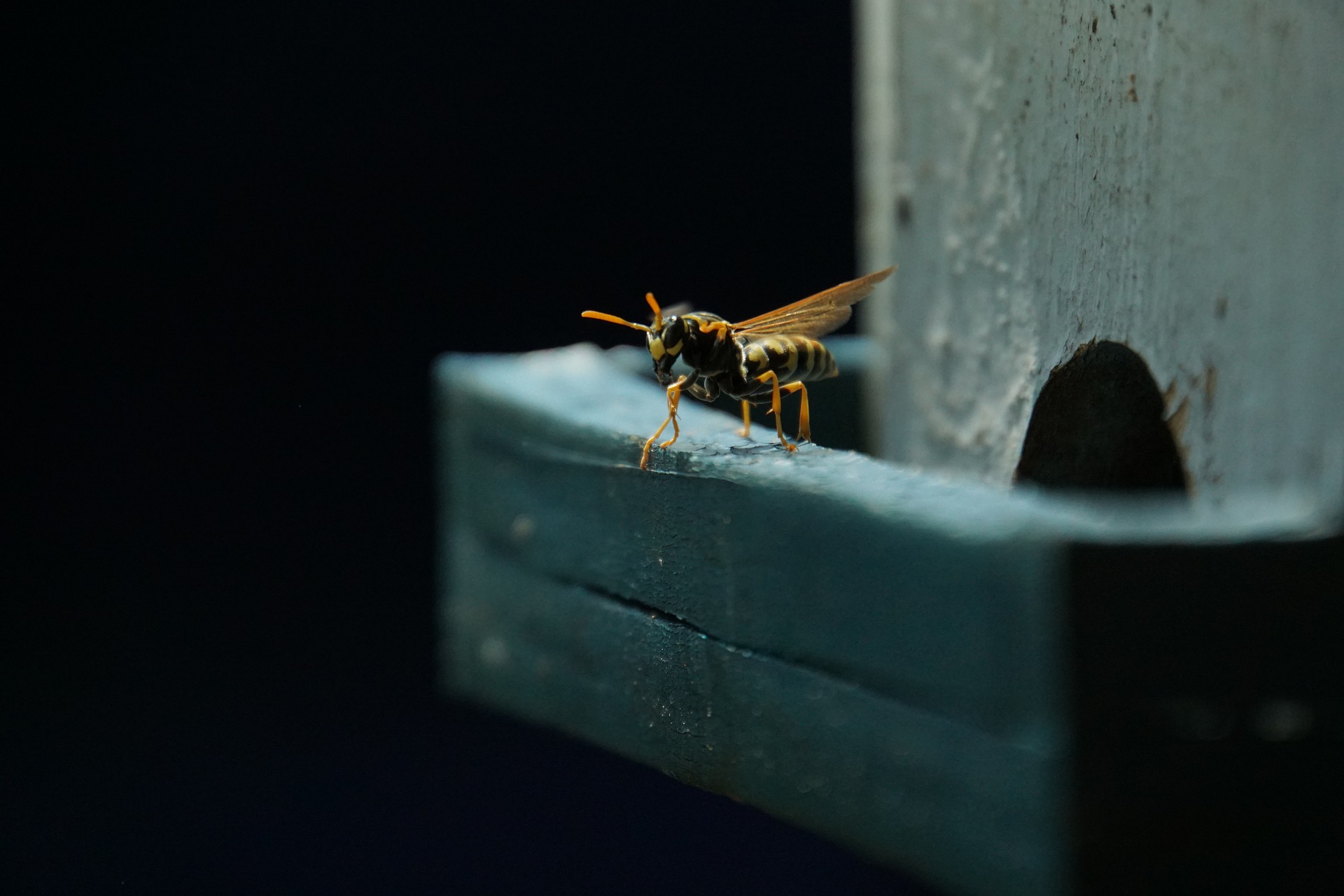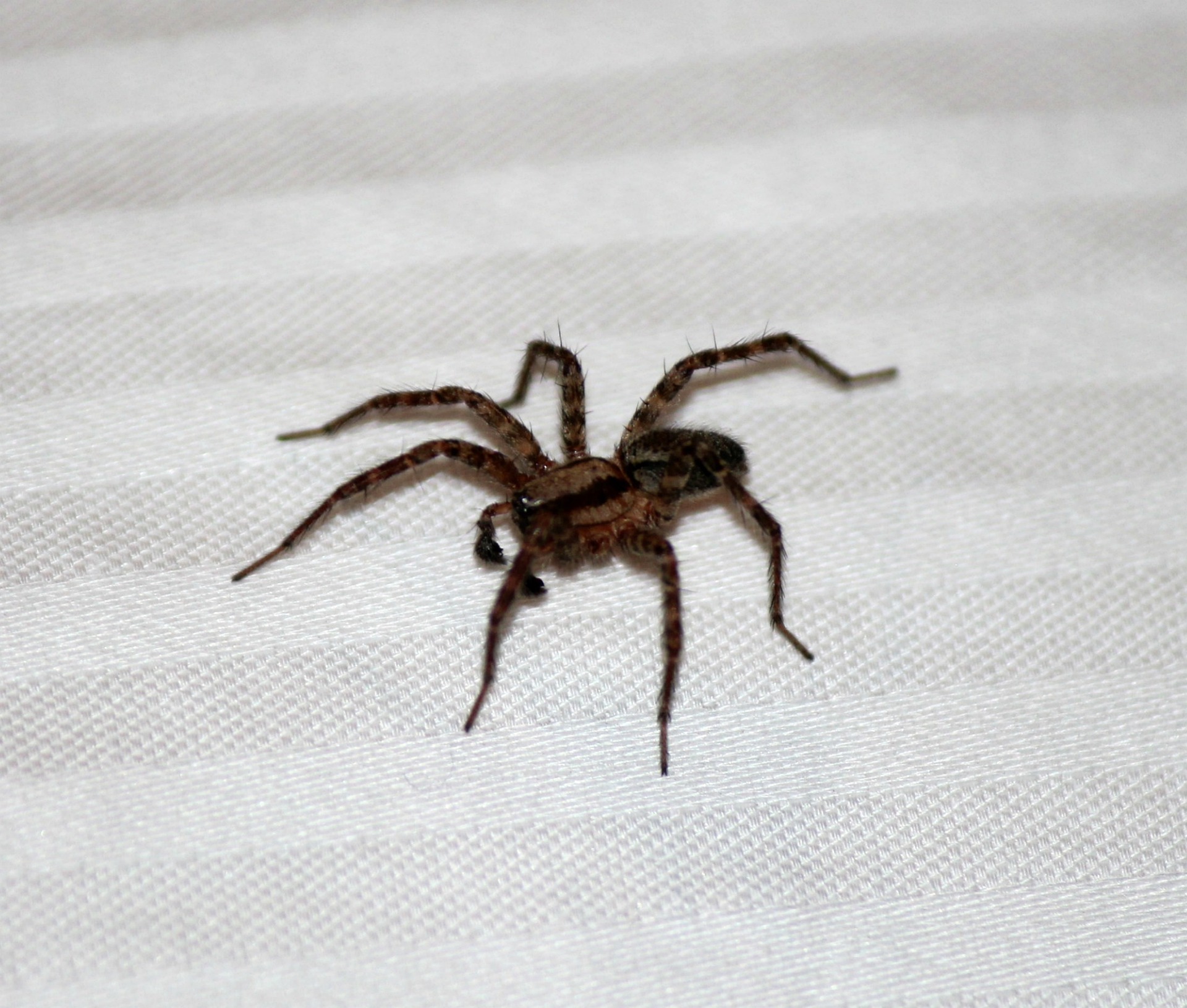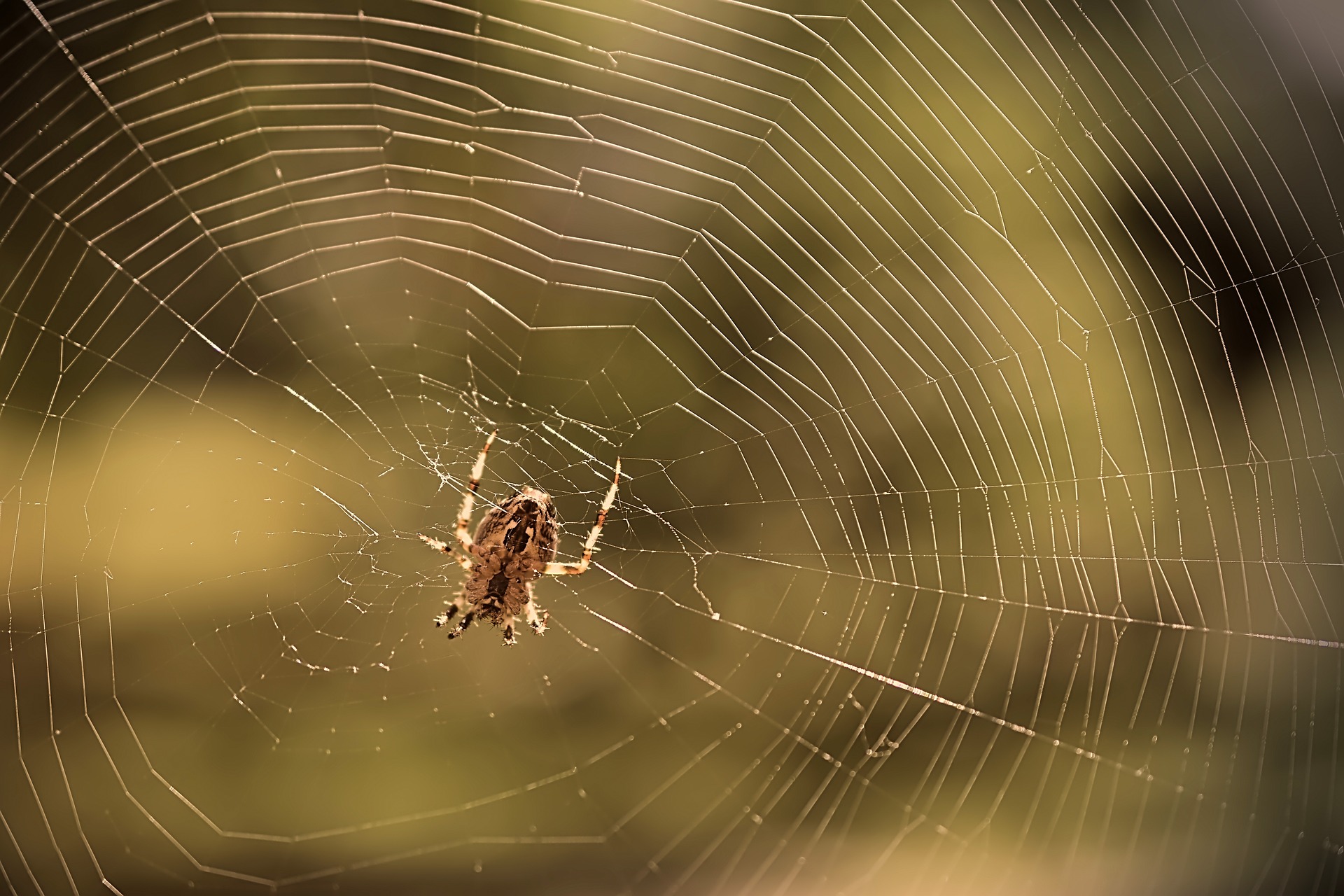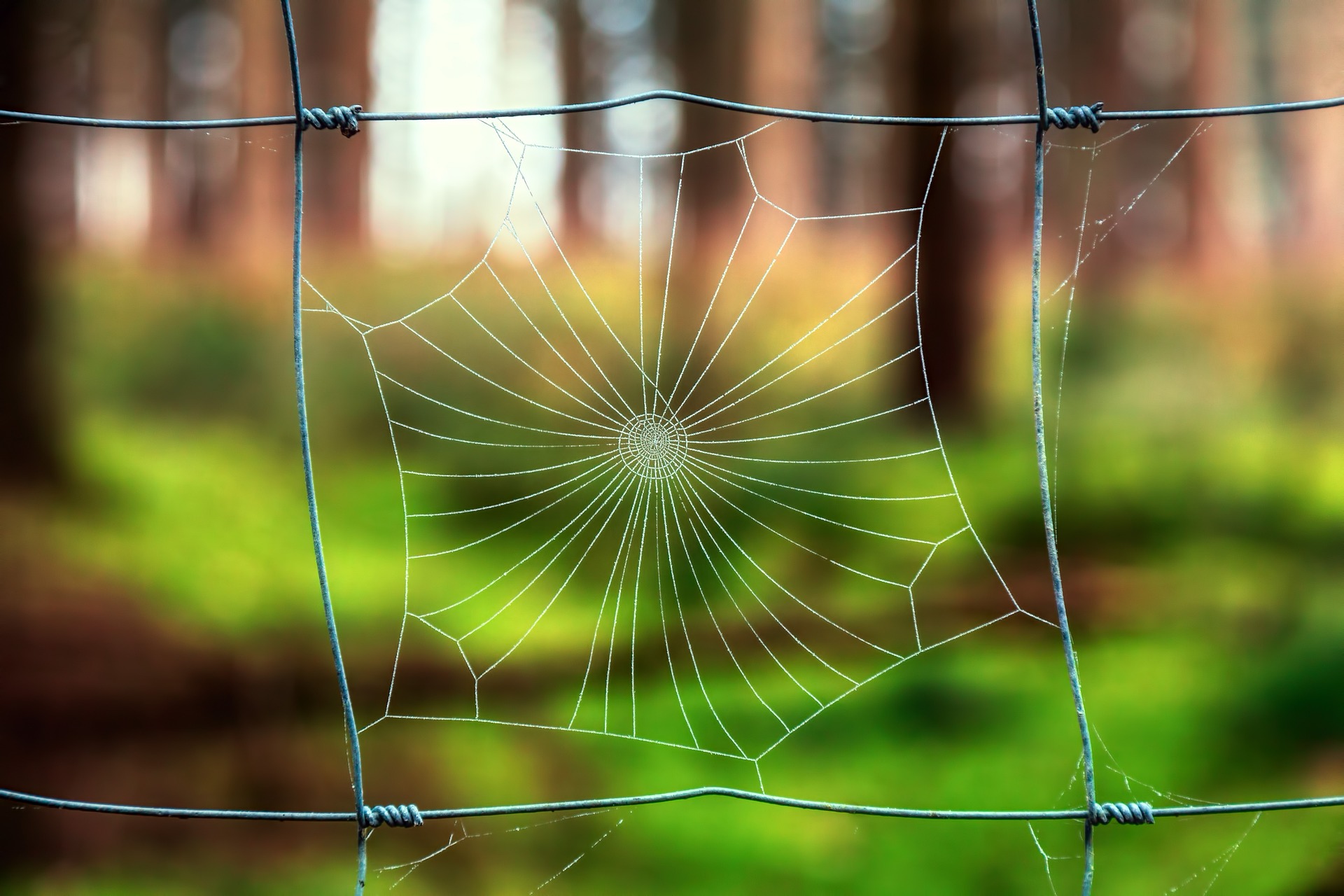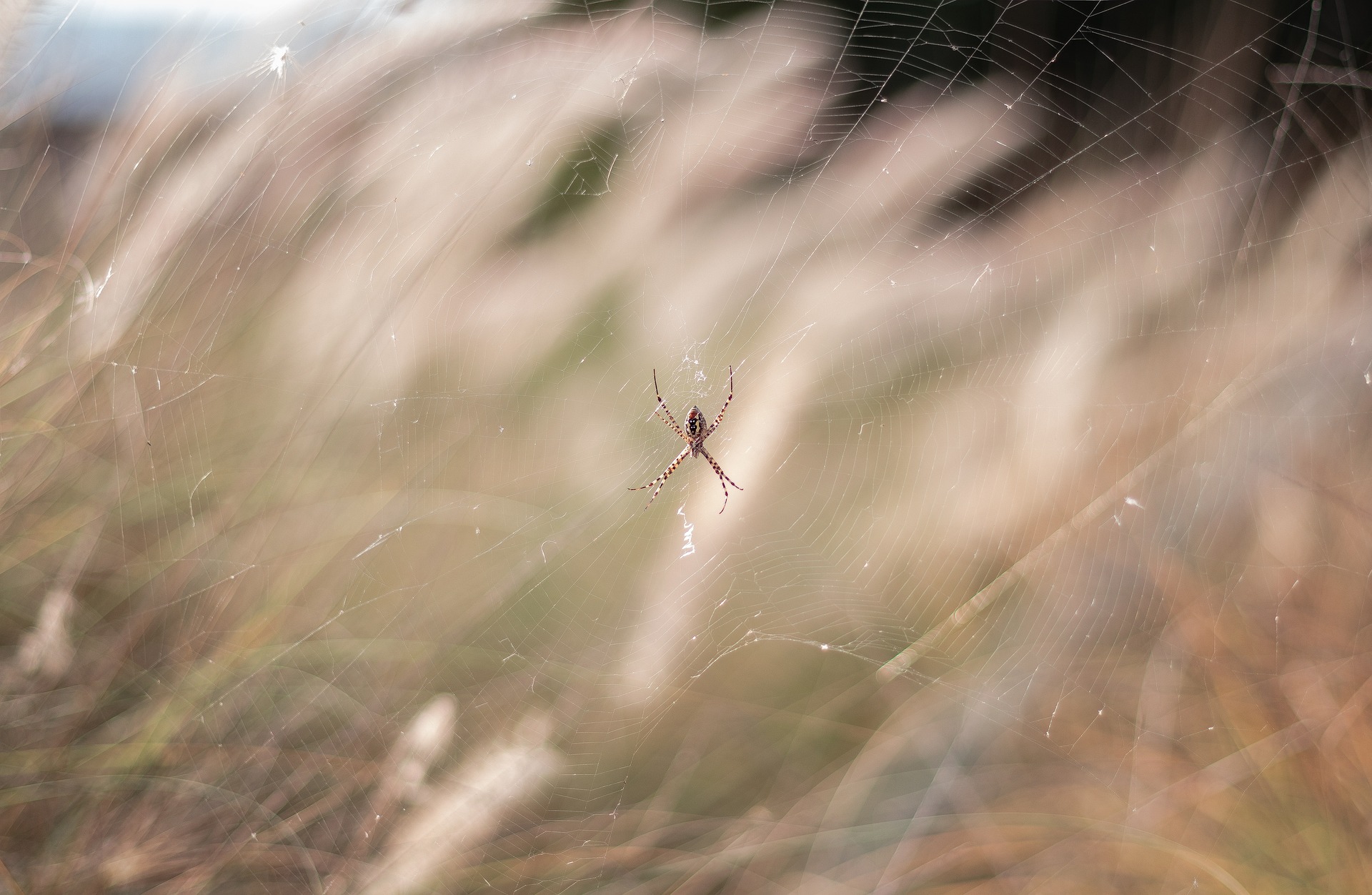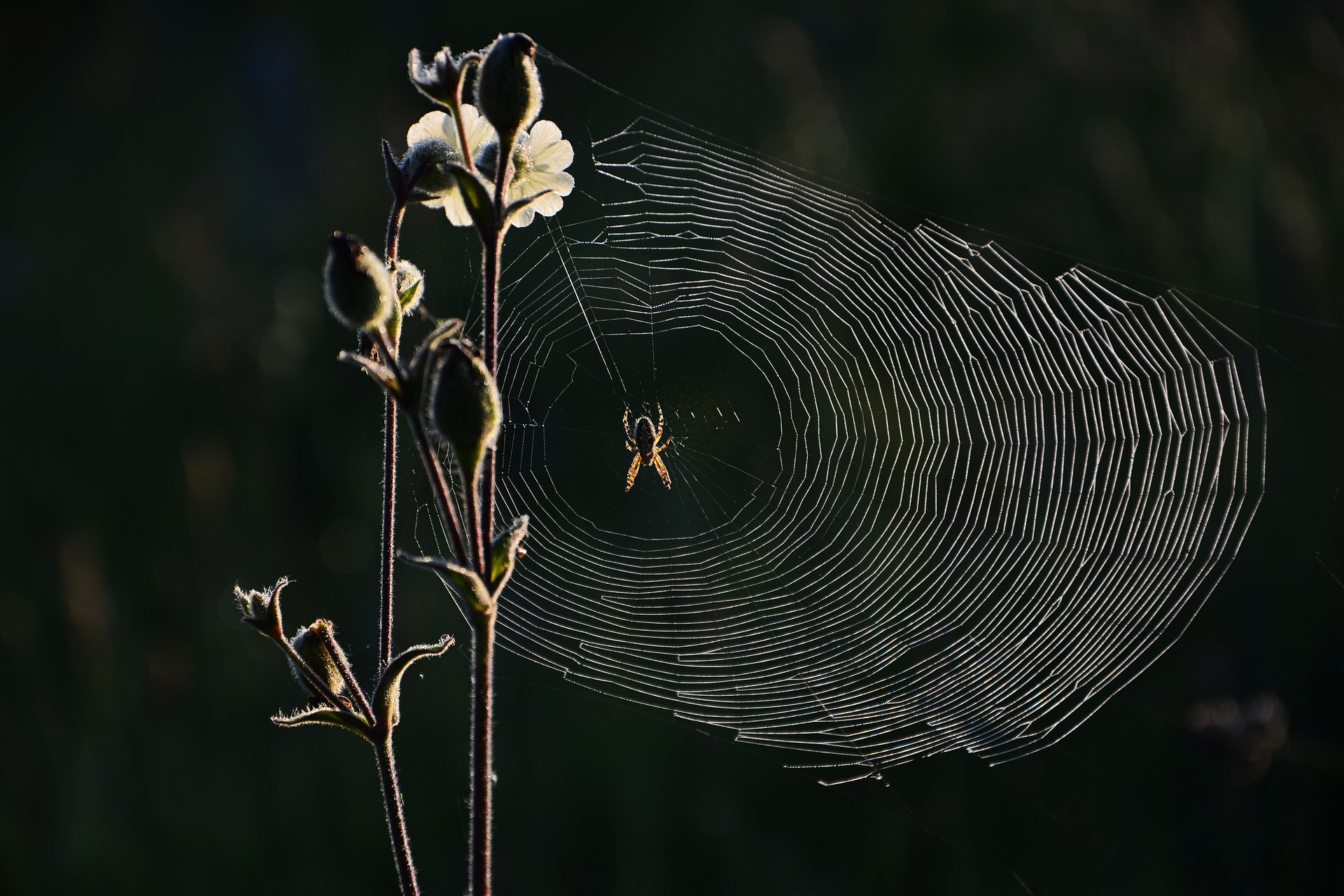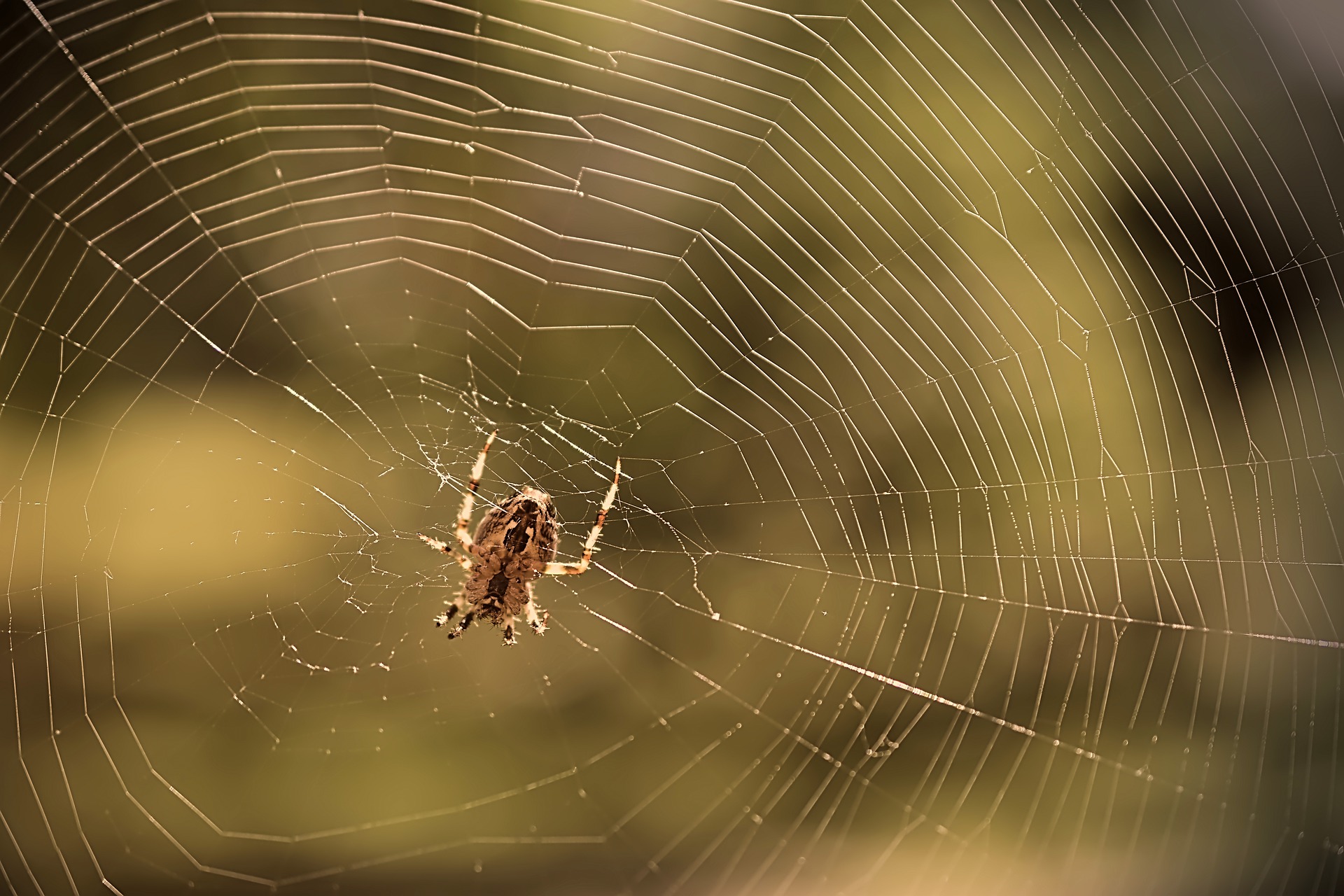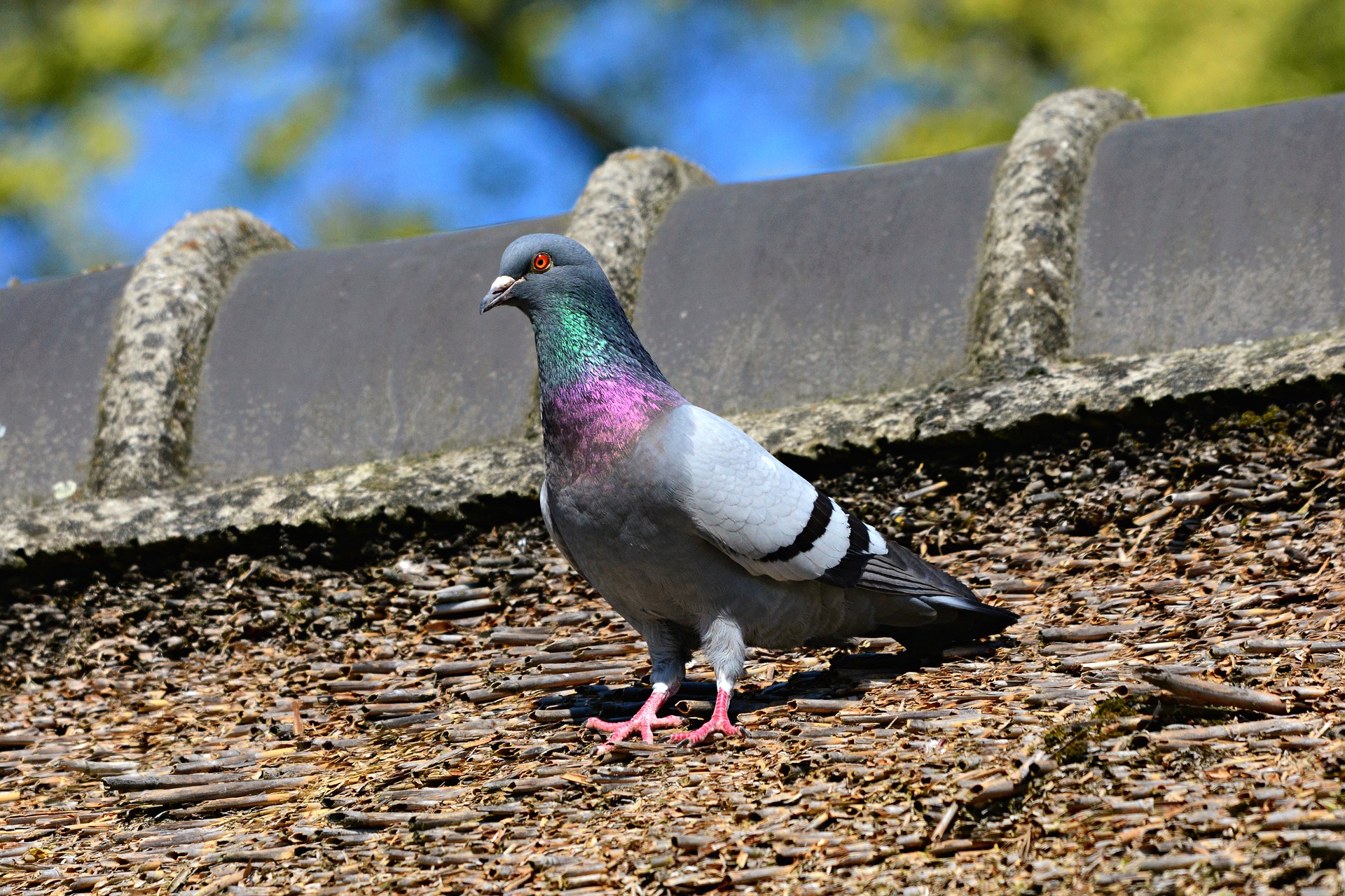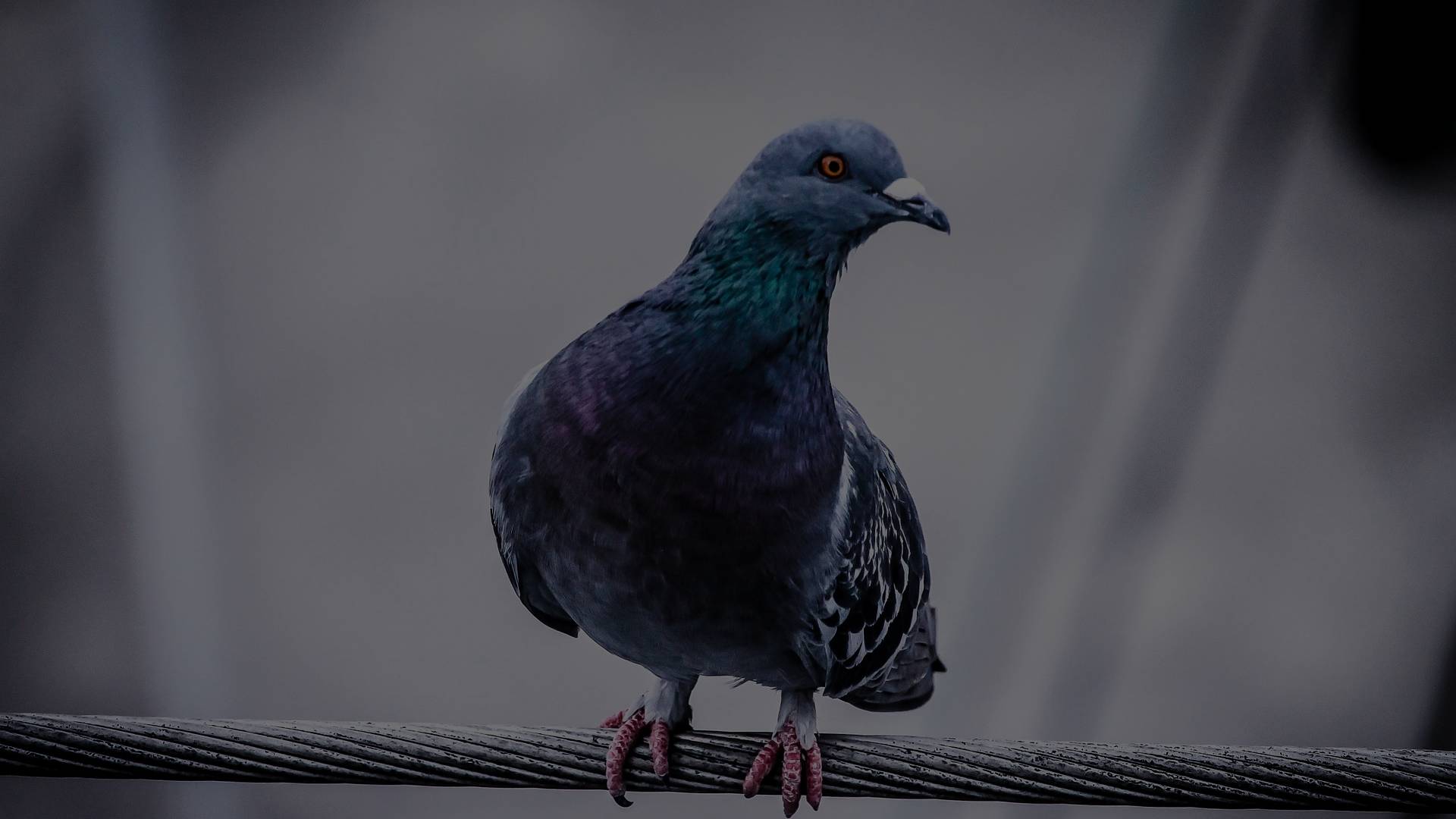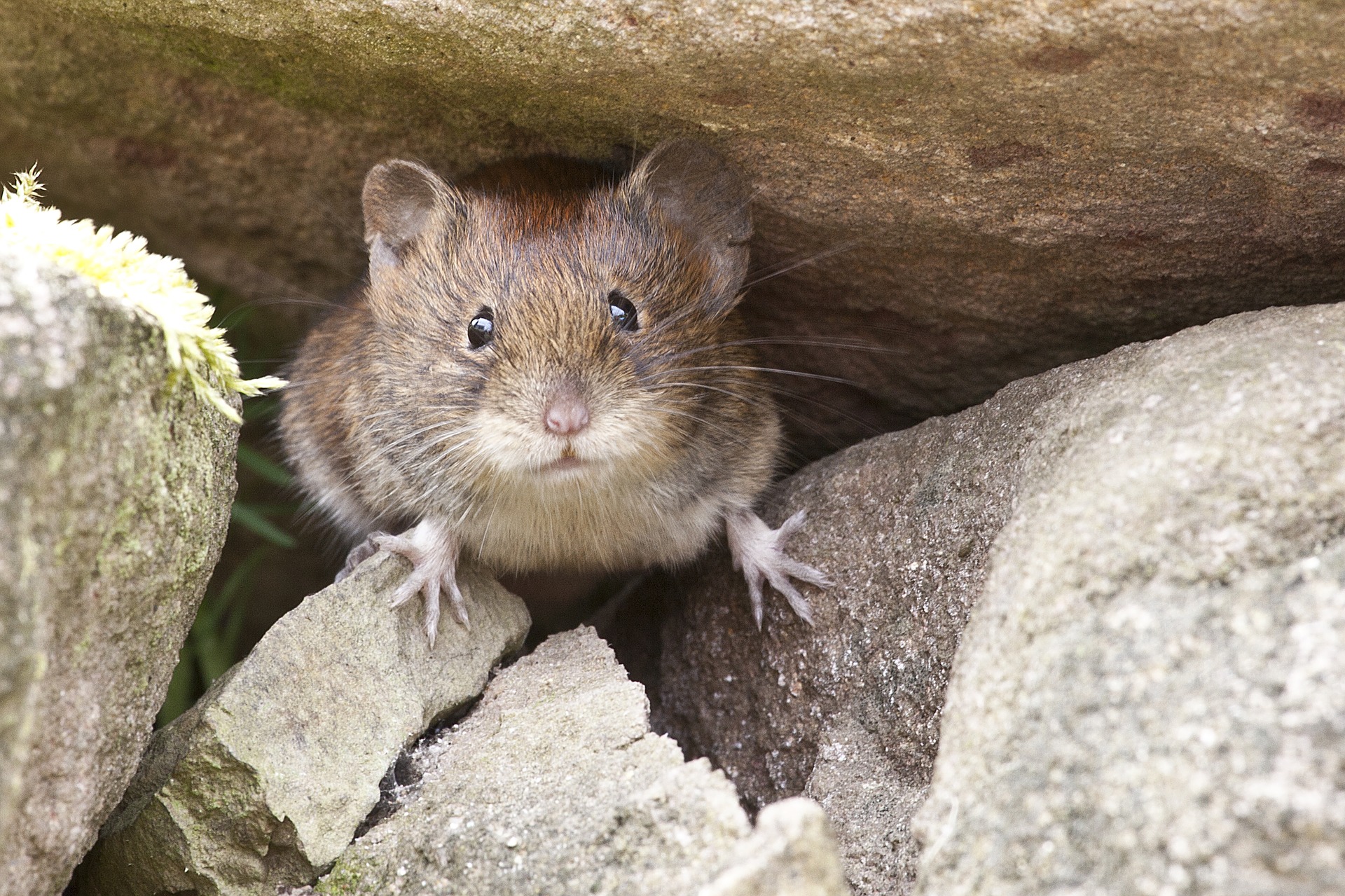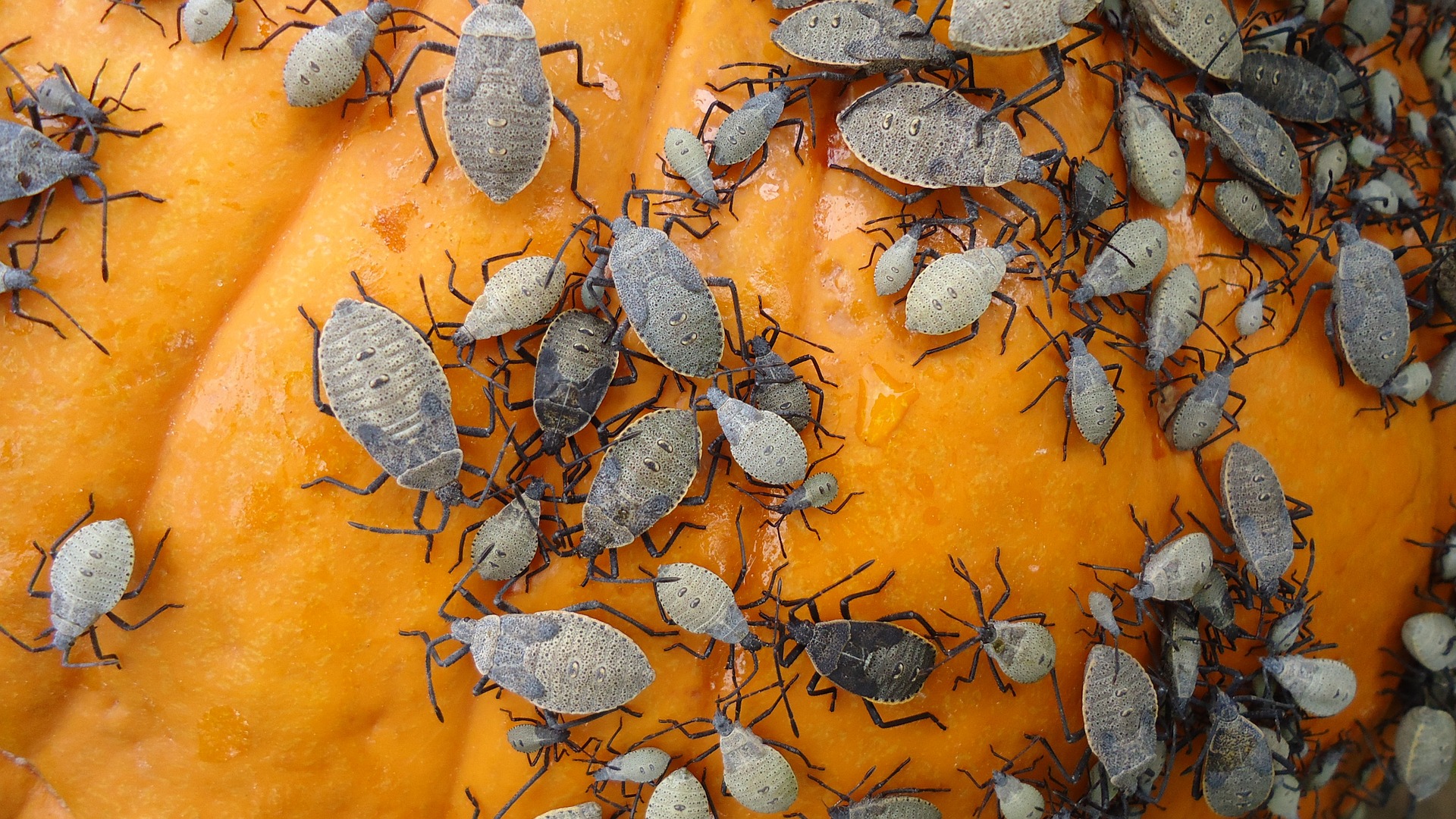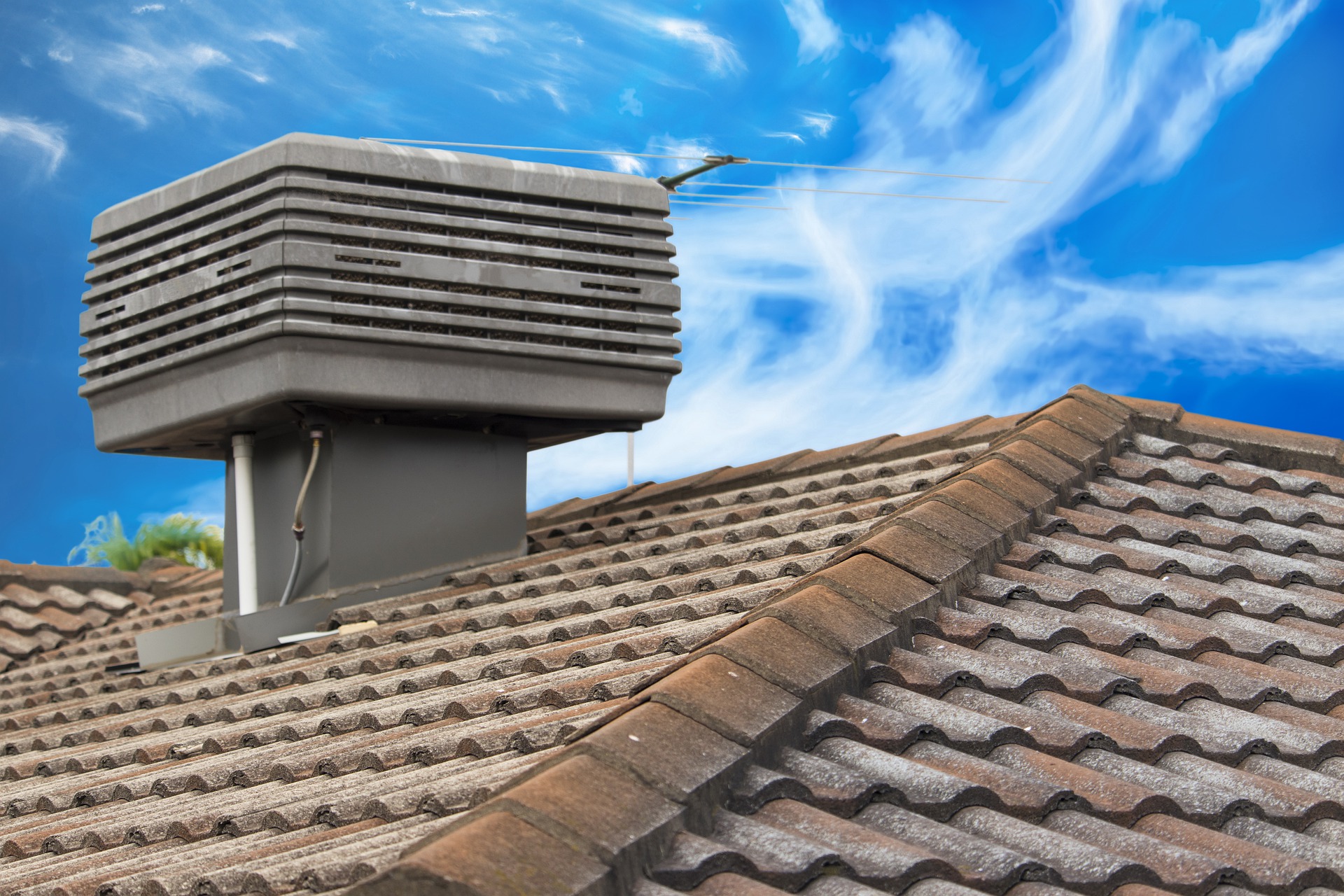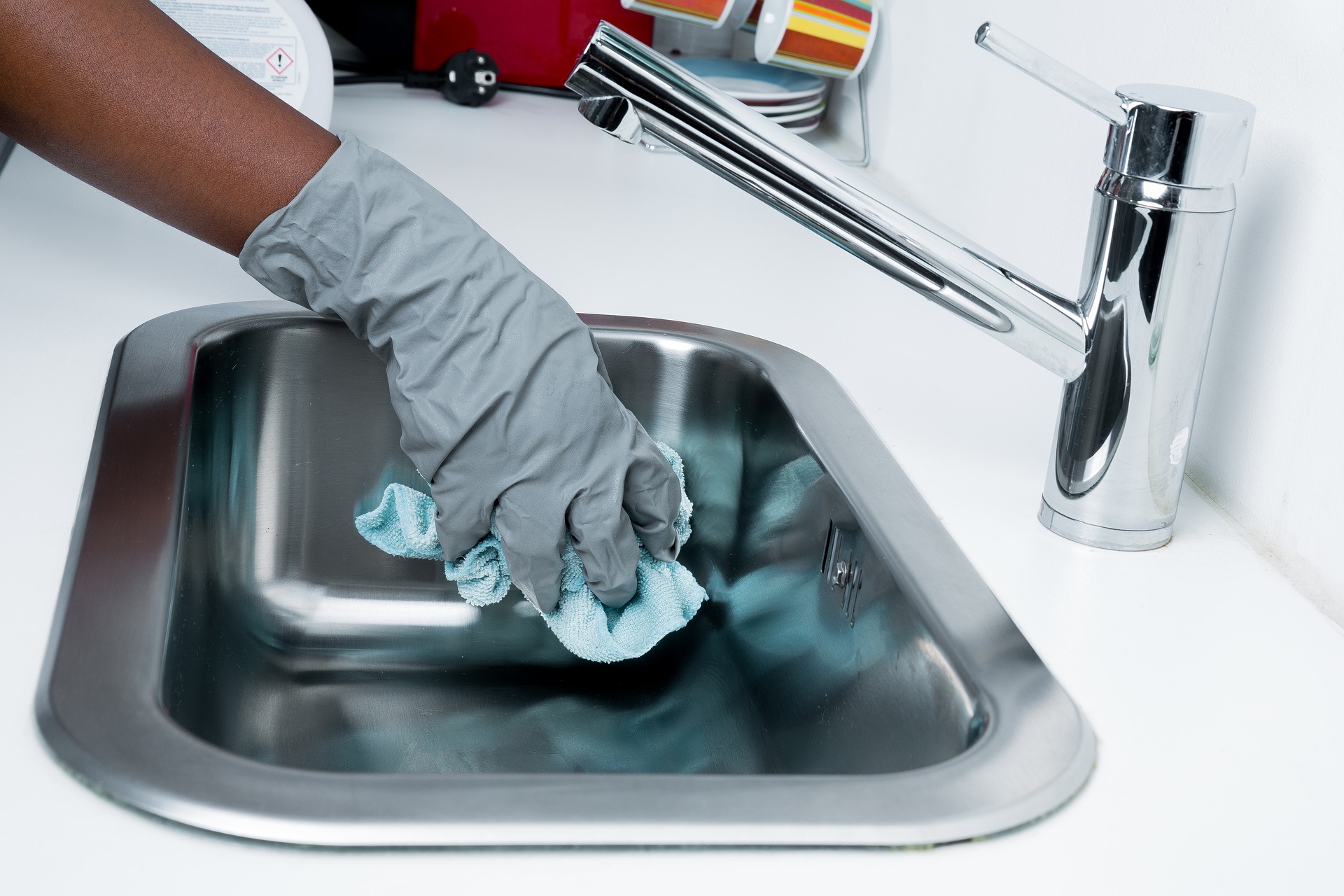Ticks and fleas are not just annoying pests; they can pose serious health risks to both humans and pets. These tiny creatures are known carriers of various diseases, including Lyme disease, Rocky Mountain spotted fever, and tapeworm infections. Therefore, it is crucial to understand the importance of tick and flea prevention to safeguard your home and loved ones.
Ticks and fleas are commonly found in outdoor areas such as gardens, parks, and wooded areas. However, they can easily hitch a ride into your home on your pets or even on your clothing. Once inside, they can quickly multiply and infest your living spaces, making it challenging to eradicate them. This is why prevention is key.
One of the main reasons tick and flea prevention is essential is to protect your family’s health. Lyme disease, for example, can cause symptoms such as fever, fatigue, joint pain, and even neurological problems if left untreated. By implementing preventive measures, you can significantly reduce the risk of these diseases and ensure the well-being of your loved ones.
Effective Strategies for Tick and Flea Prevention: Tips to Keep Your Home Bug-Free
To keep your home bug-free, it is crucial to implement effective strategies for tick and flea prevention. Here are some tips to help you achieve this:
Regularly inspect your pets: Check your pets for ticks and fleas regularly, especially after they have been outside. Use a fine-toothed comb to comb through their fur, paying close attention to areas such as the neck, ears, and tail. If you find any ticks or fleas, remove them immediately using tweezers or a flea comb.
Maintain a clean and tidy home: Regularly vacuum your home, paying special attention to areas where your pets spend most of their time. Wash your pet’s bedding frequently in hot water to kill any eggs or larvae that may be present. Keeping your home clean and tidy will help prevent ticks and fleas from infesting your living spaces.
Keep your yard well-maintained: Ticks and fleas thrive in tall grass and overgrown vegetation. To prevent them from entering your home, keep your yard well-maintained by regularly mowing the lawn, trimming shrubs, and removing any debris or leaf piles where these pests can hide.
Use tick and flea prevention products: There are various tick and flea prevention products available on the market, including spot-on treatments, collars, and oral medications. Consult with your veterinarian to determine the best option for your pets. These products can provide long-lasting protection against ticks and fleas, reducing the risk of infestation in your home.
Consider professional pest control services: If you are dealing with a severe tick or flea infestation, it may be necessary to seek professional help. Pest control experts have the knowledge and tools to effectively eliminate these pests from your home and prevent future infestations.
Creating a Tick and Flea-Free Environment: Essential Steps for a Bug-Free Home
Creating a tick and flea-free environment is essential to maintain a bug-free home. Here are some essential steps you can take:
Install tick and flea barriers: Consider installing tick and flea barriers around your property to prevent these pests from entering your home. These barriers can include gravel or wood chips around the perimeter of your yard, as ticks and fleas find it difficult to crawl through these materials.
Use natural repellents: Several natural repellents can help deter ticks and fleas from your home. Essential oils such as lavender, eucalyptus, and cedarwood have been found to repel these pests. You can create your natural repellent by diluting these oils with water and spraying them around your home and yard.
Encourage wildlife control: Ticks and fleas often hitch a ride on wildlife such as deer, raccoons, and rodents. By implementing wildlife control measures, such as installing fences or removing food sources, you can reduce the likelihood of these pests entering your property.
Educate yourself and your family: Understanding the habits and life cycles of ticks and fleas can help you take appropriate preventive measures. Educate yourself and your family about the risks associated with these pests and the importance of tick and flea prevention. This knowledge will empower you to make informed decisions and protect your home effectively.
Regularly check for signs of infestation: Even with preventive measures in place, it is essential to regularly check for signs of tick and flea infestation. Look out for red, itchy bites on yourself or your pets, as well as any signs of excessive scratching or discomfort. If you suspect an infestation, take immediate action to address the issue before it becomes more severe.
Tick and Flea Prevention Products: Exploring the Best Options to Protect Your Home and Pets
When it comes to tick and flea prevention, there are numerous products available on the market. Here are some of the best options to protect your home and pets:
Spot-on treatments: Spot-on treatments are applied directly to your pet’s skin, usually between the shoulder blades. These treatments provide long-lasting protection against ticks and fleas by killing them on contact. They are easy to use and are available for both dogs and cats.
Flea collars: Flea collars are another popular option for tick and flea prevention. These collars release chemicals that repel and kill ticks and fleas. They are convenient and can be protected for several months. However, it is essential to choose a collar that is specifically designed for your pet’s size and weight.
Oral medications: Oral medications are becoming increasingly popular for tick and flea prevention. These medications are given to your pet orally and work by killing ticks and fleas when they bite. They provide systemic protection and are often recommended for pets that are difficult to apply spot-on treatments to.
Environmental sprays: Environmental sprays can be used to treat your home and yard for ticks and fleas. These sprays contain insecticides that kill adult pests and prevent the development of eggs and larvae. It is important to choose a spray that is safe for use around pets and follow the instructions carefully.
Natural alternatives: If you prefer to use natural alternatives, there are several options available. Natural tick and flea prevention products often contain ingredients such as neem oil, citronella, or diatomaceous earth. While these products may be less potent than chemical-based options, they can still provide some level of protection.
In conclusion, tick and flea prevention is crucial for safeguarding your home and loved ones. By understanding the importance of prevention, implementing effective strategies, creating a tick and flea-free environment, and using the best prevention products, you can keep your home bug-free and reduce the risk of tick and flea-borne diseases. Remember to regularly inspect your pets, maintain a clean home, keep your yard well-maintained, and consider professional pest control services if needed. With these measures in place, you can enjoy a pest-free environment and peace of mind.

